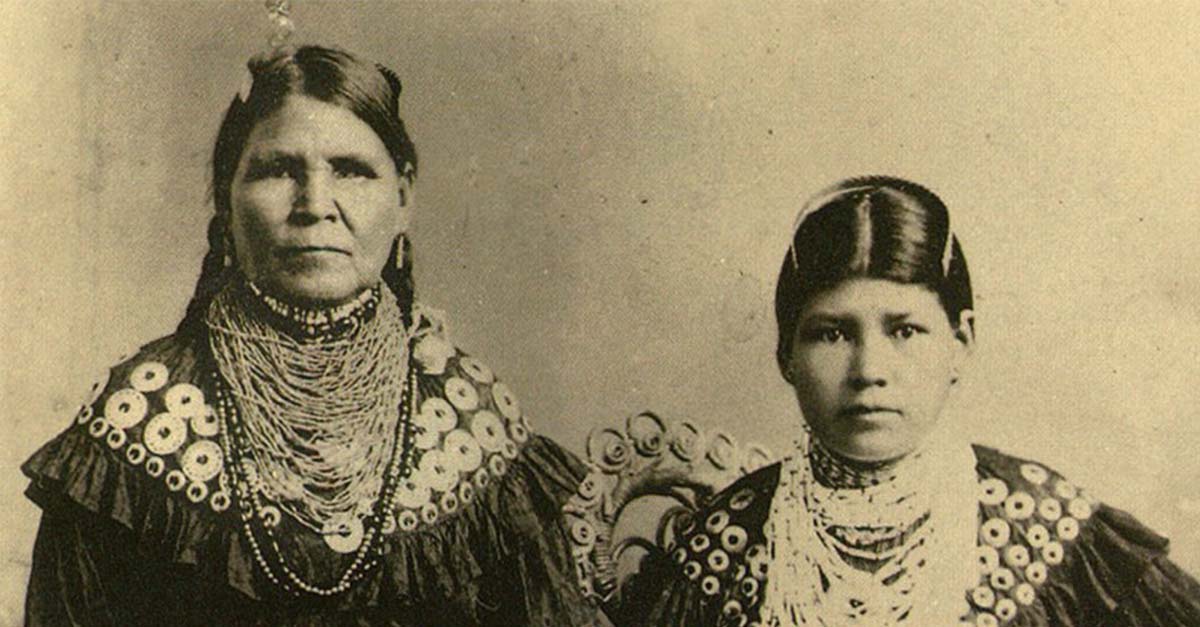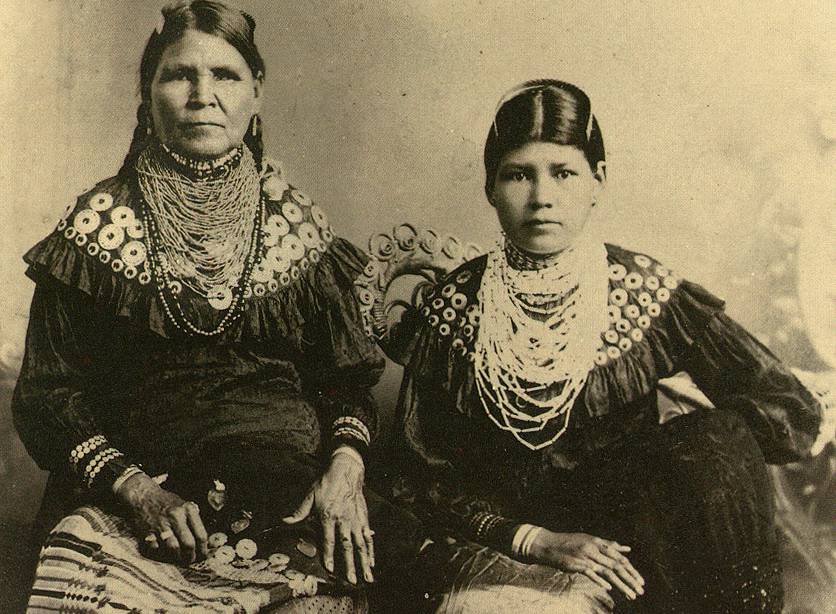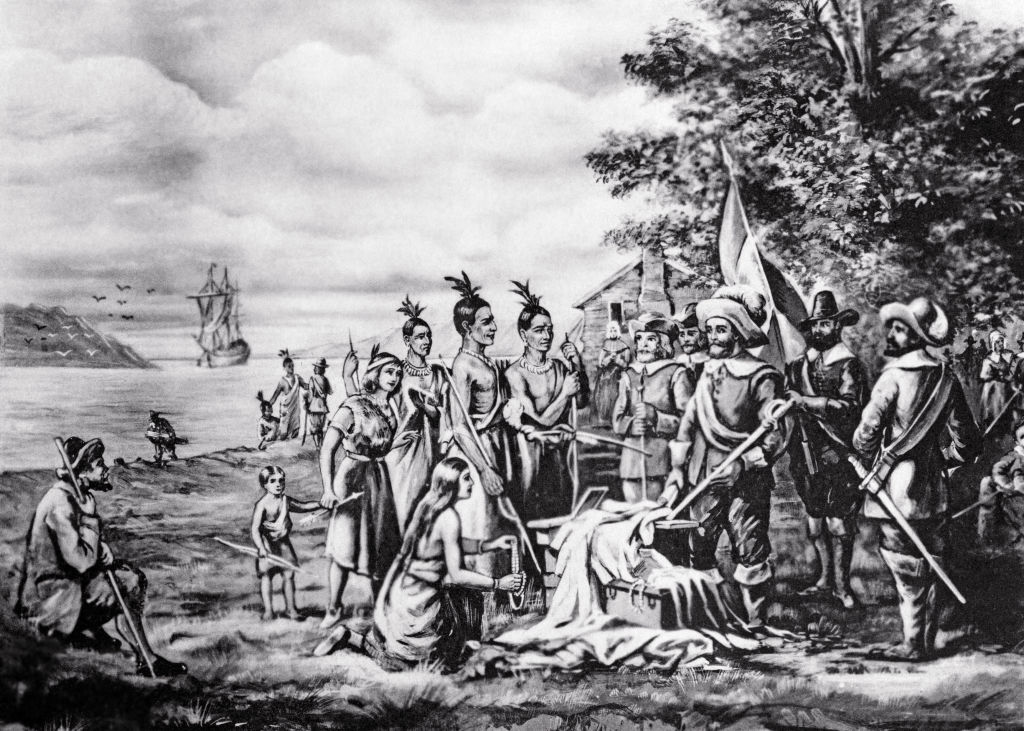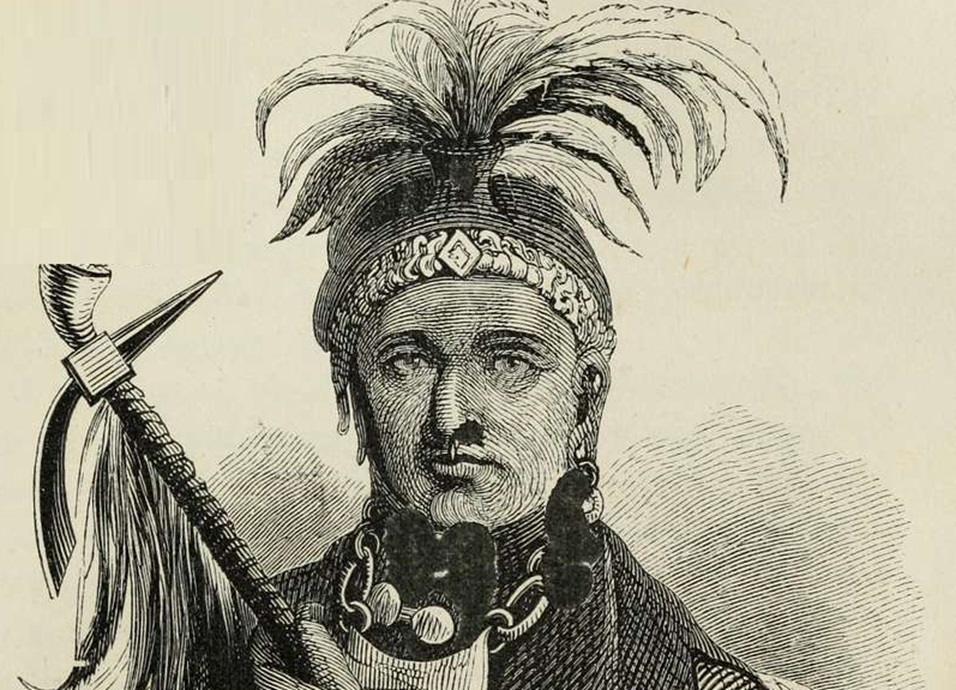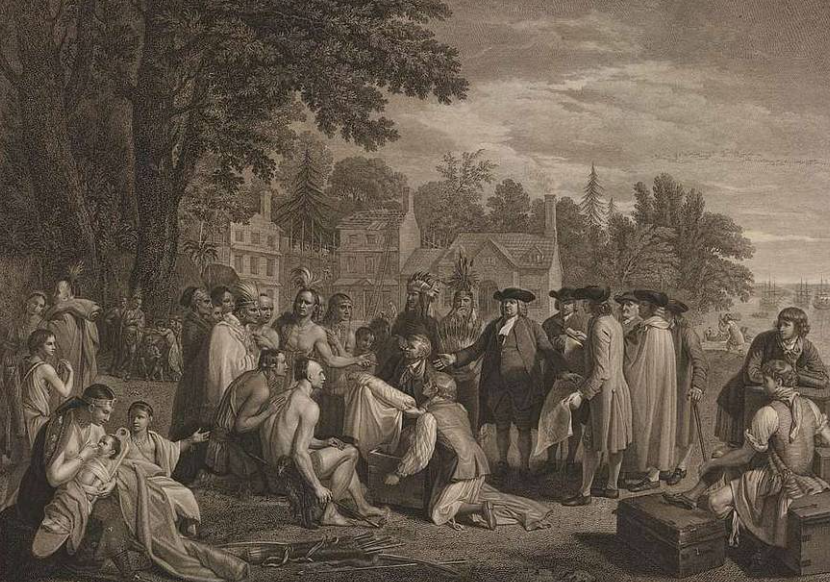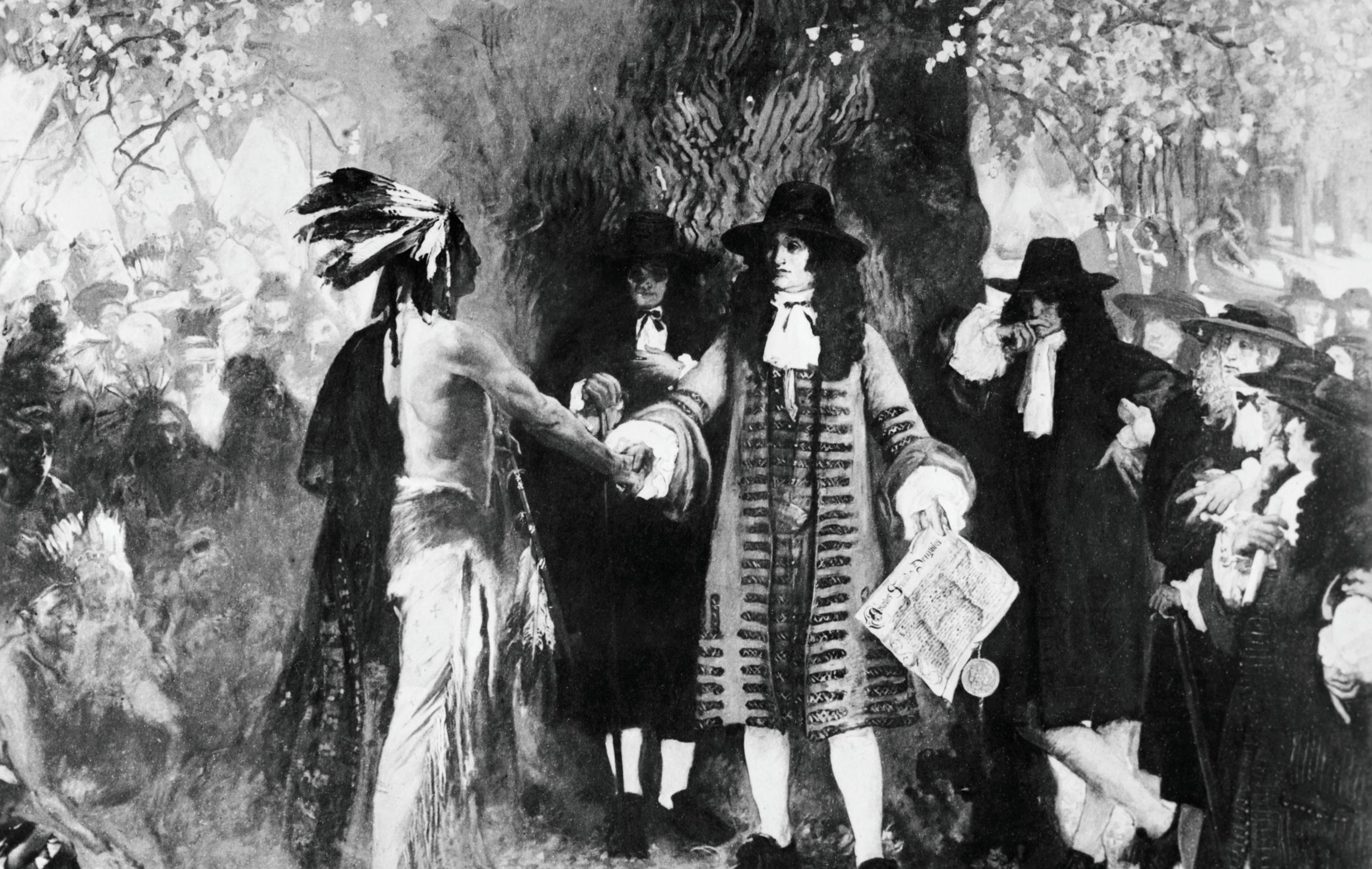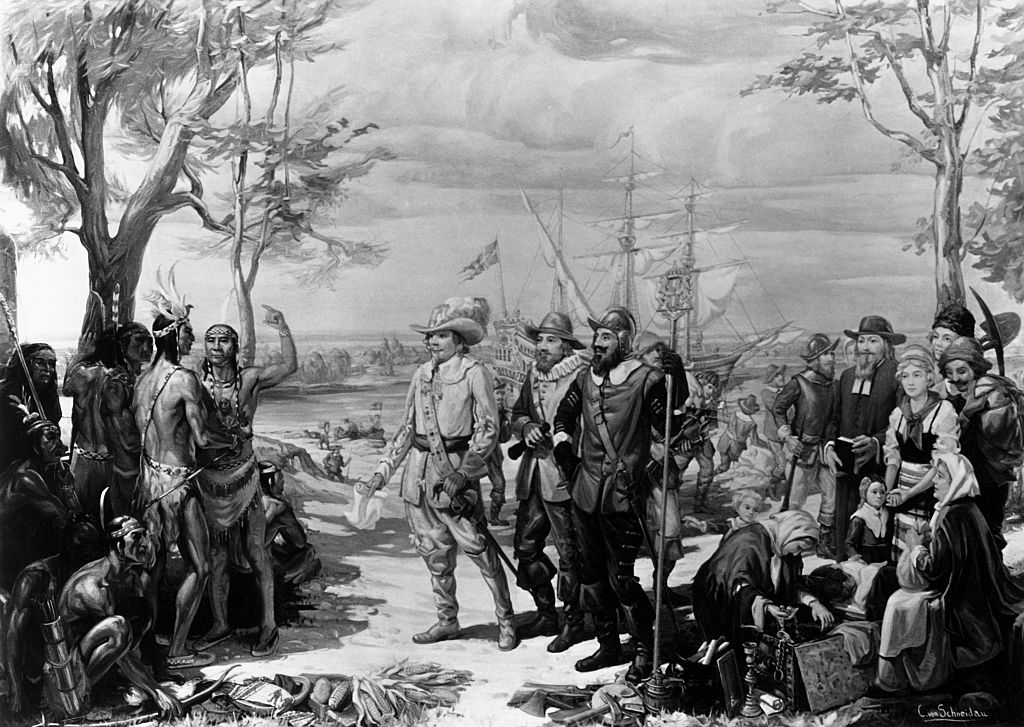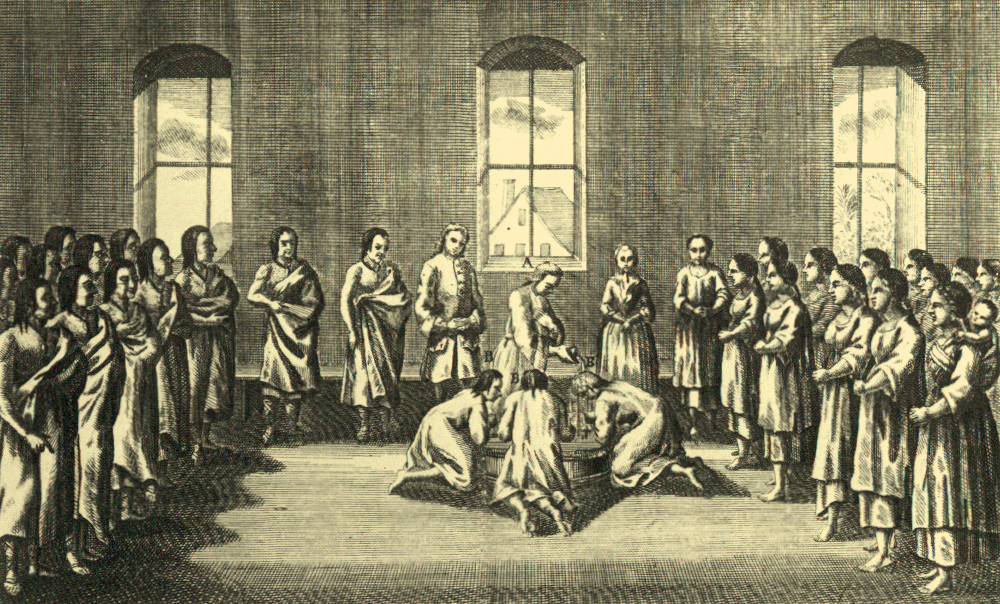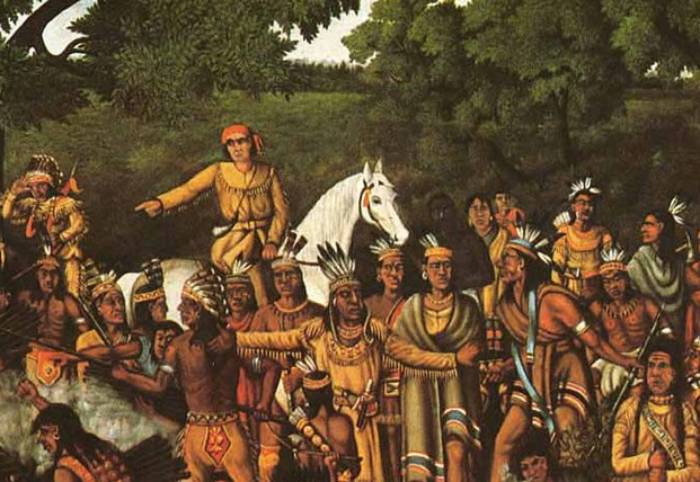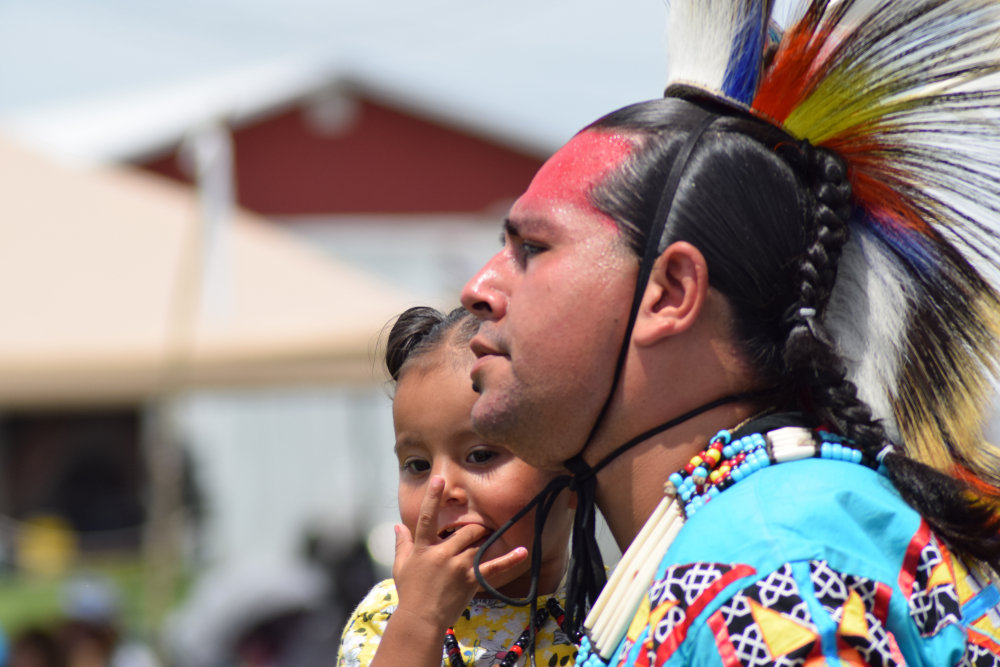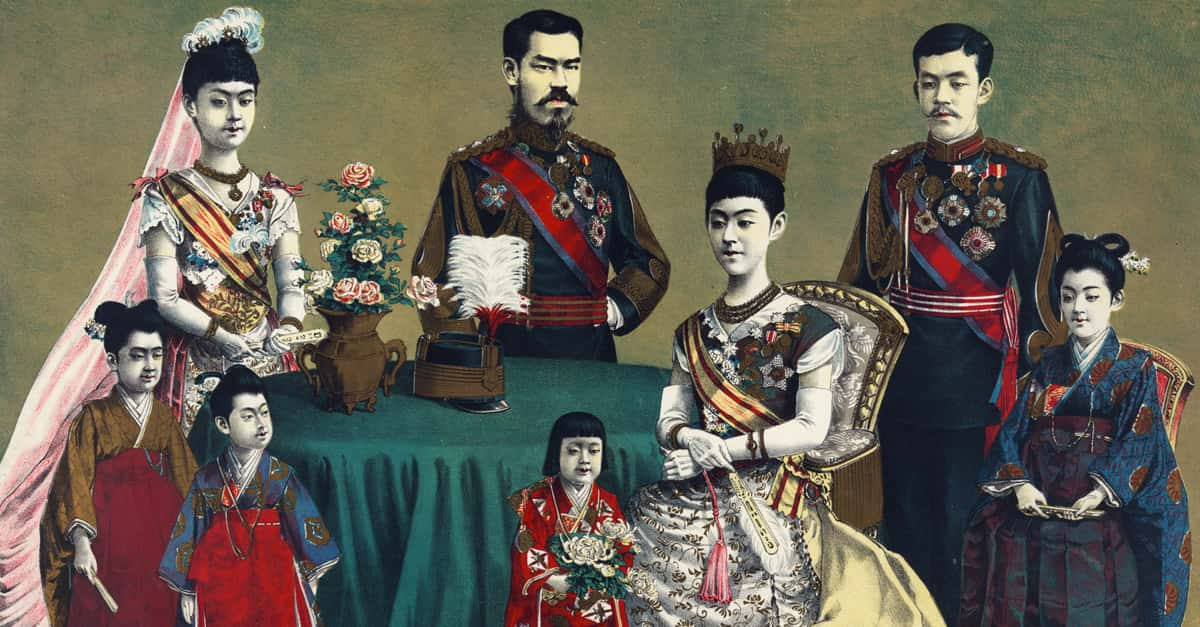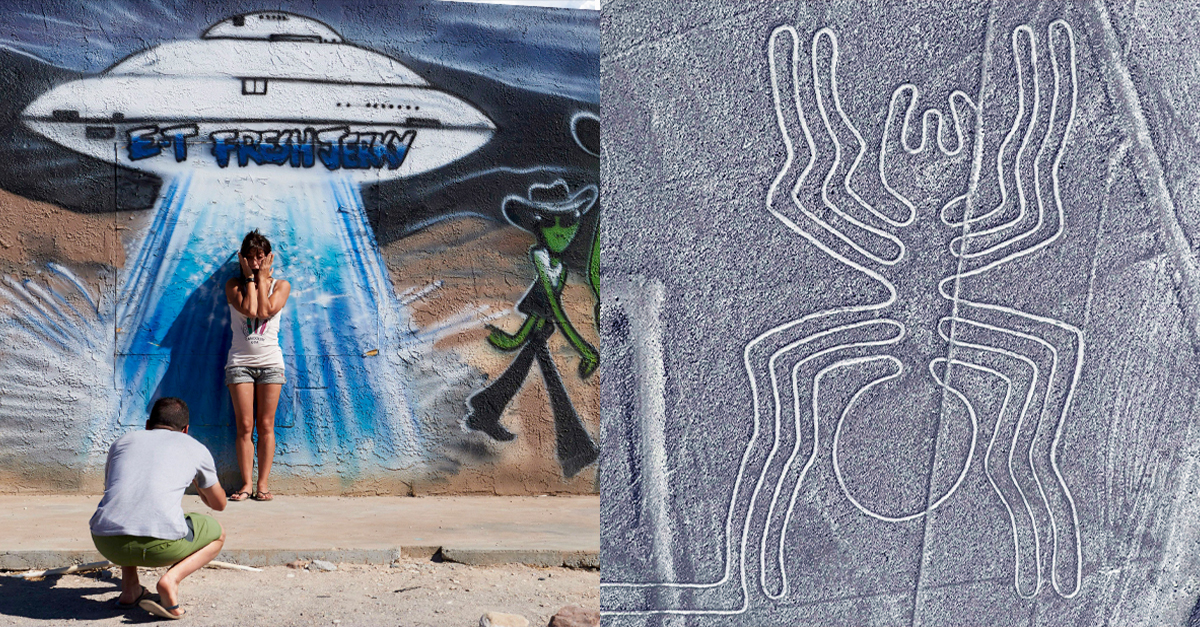The Lenape Indigenous Inhabitants
The Lenape, also known as Lenni Lenape or Delaware people, are Indigenous inhabitants of the Northeastern Woodlands. Historically, they occupied extensive regions in what is now Delaware, New Jersey, Pennsylvania, and New York. Today, descendants live primarily in Oklahoma, Wisconsin, and Ontario. Let’s take a look at their fascinating history.
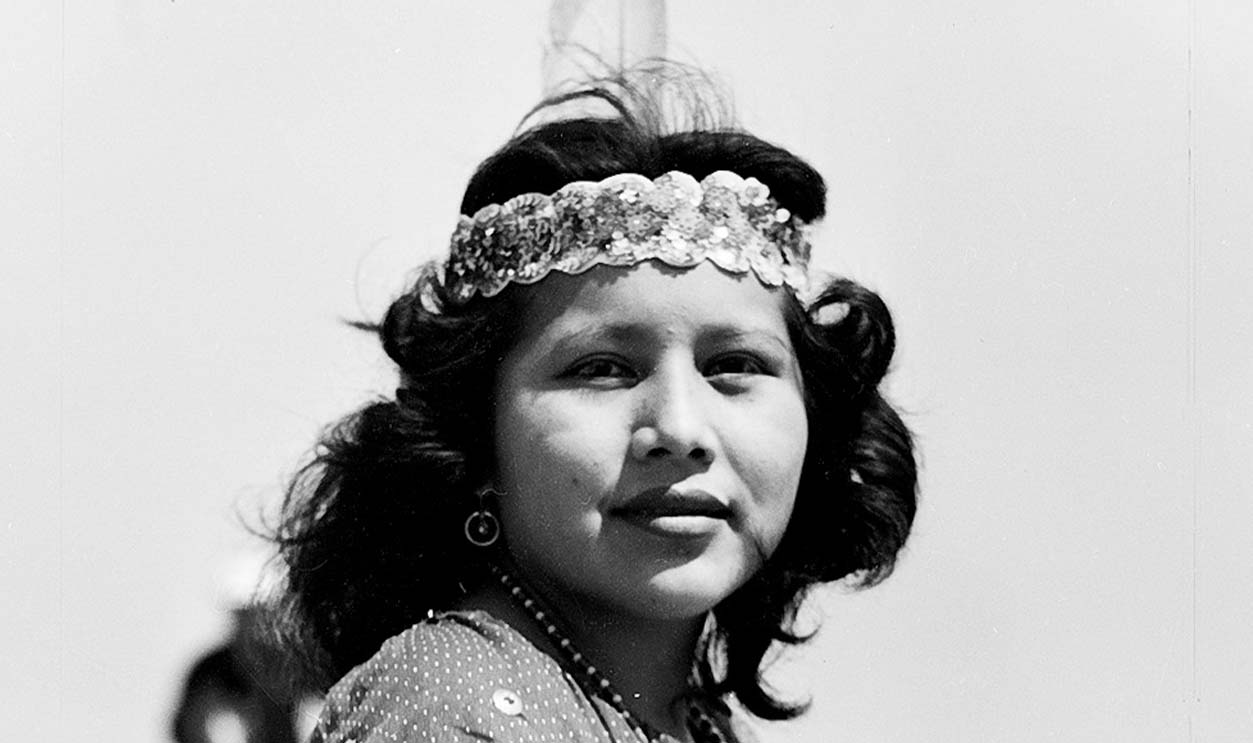
Meaning Behind Their Name
The name "Lenni Lenape" combines "Lenni," meaning "genuine," and "Lenape," meaning "real person". The term translates as "original people". Many modern Lenape prefer simply "Lenape," viewing the full term as redundant.
Lenapehoking, The Original Homeland
Lenape territory, called Lenapehoking, included present-day Delaware, New Jersey, and eastern Pennsylvania. It stretched as far north as
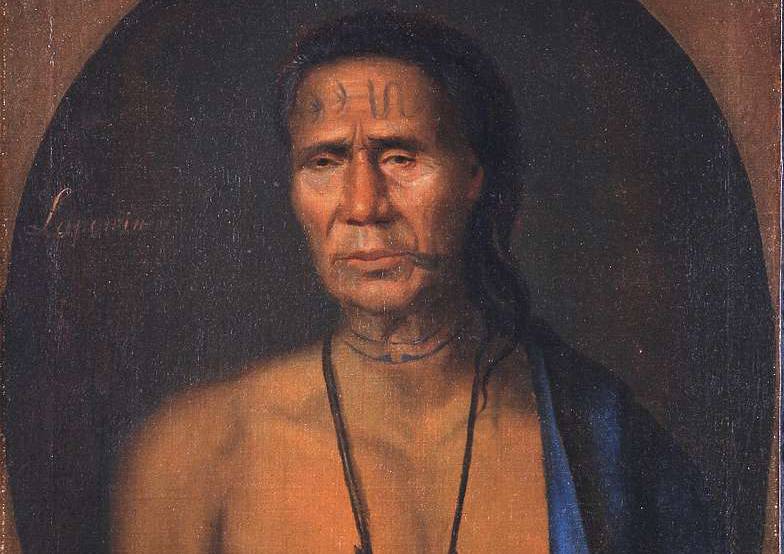 Gustavus Hesselius 1682-1755, Wikimedia Commons
Gustavus Hesselius 1682-1755, Wikimedia Commons
Current Lenape Population
Today, approximately 16,000 Lenape people remain. Most live in the United States, with significant populations in Oklahoma (11,195) and Wisconsin (1,565). Ontario, Canada, is home to another 2,300 Lenape descendants.
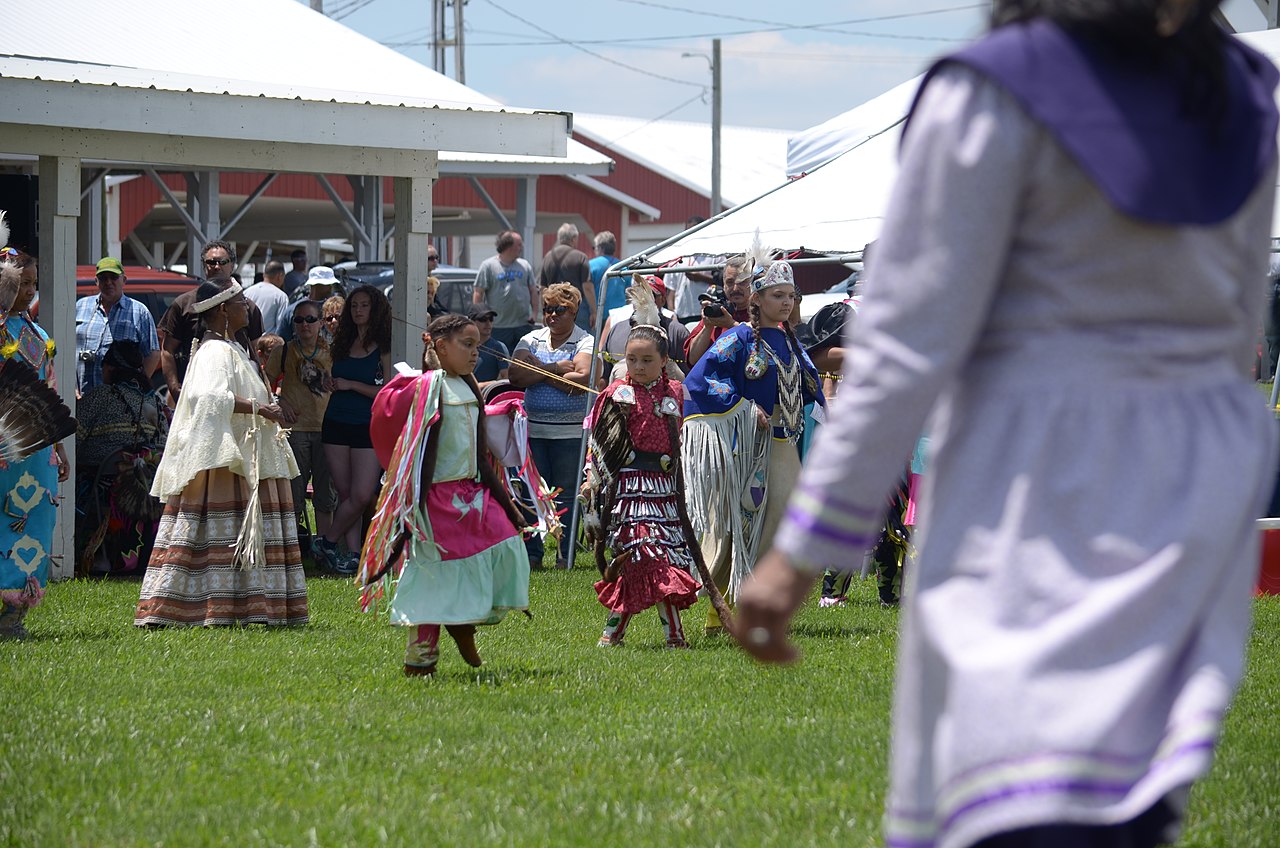 Larry Wilder, CC BY 2.0, Wikimedia Commons
Larry Wilder, CC BY 2.0, Wikimedia Commons
Two Dialects
The Lenape traditionally spoke two dialects: Munsee (northern) and Unami (southern). Both dialects belong to the Eastern Algonquian language family. Moravian missionary John Heckewelder noted these dialects derived from a common ancestral tongue.
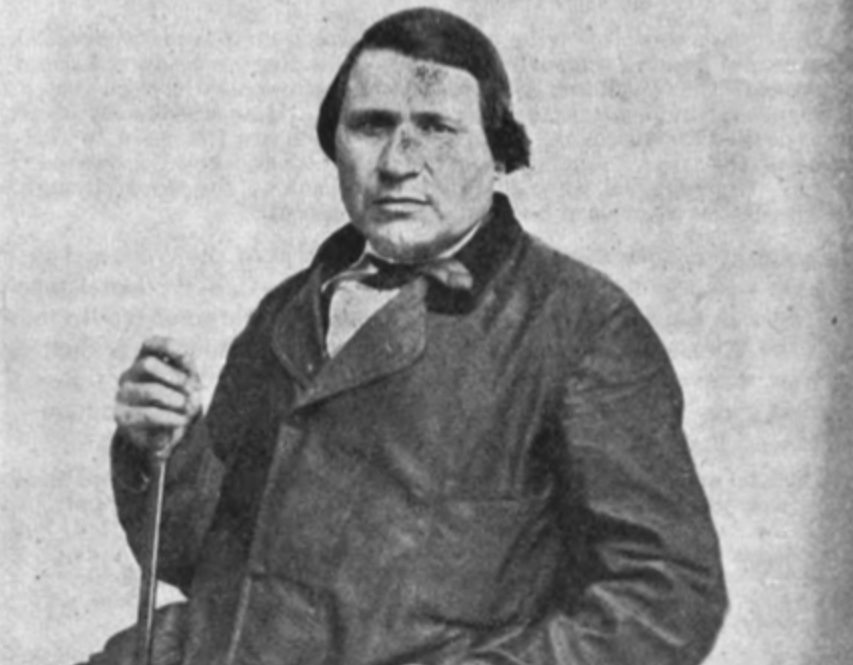 Unknown Author, Wikimedia Commons
Unknown Author, Wikimedia Commons
Preservation Of Lenape Languages
The Lenape Talking Dictionary project, initiated in 2002, digitizes and preserves the Unami dialect. Today, only a few Delaware First Nation elders in Moraviantown, Ontario, fluently speak Munsee.
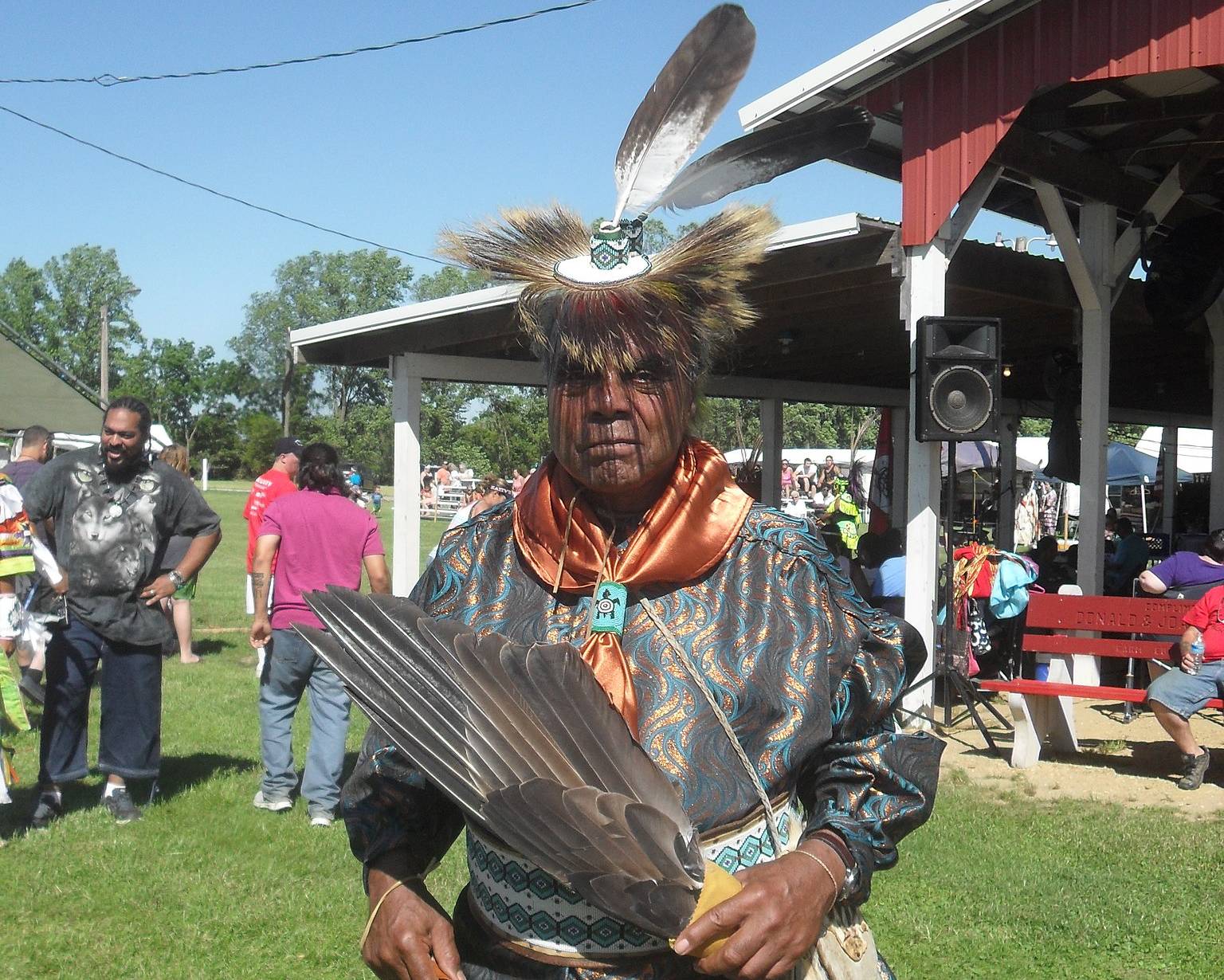 A21sauce, CC BY-SA 4.0, Wikimedia Commons
A21sauce, CC BY-SA 4.0, Wikimedia Commons
First Contact With Europeans
Lenape first encountered Europeans when explorer Giovanni da Verrazzano arrived in 1524. He was greeted by Lenape in canoes at what is now New York Bay. This marked the start of centuries of contact and eventual displacement.
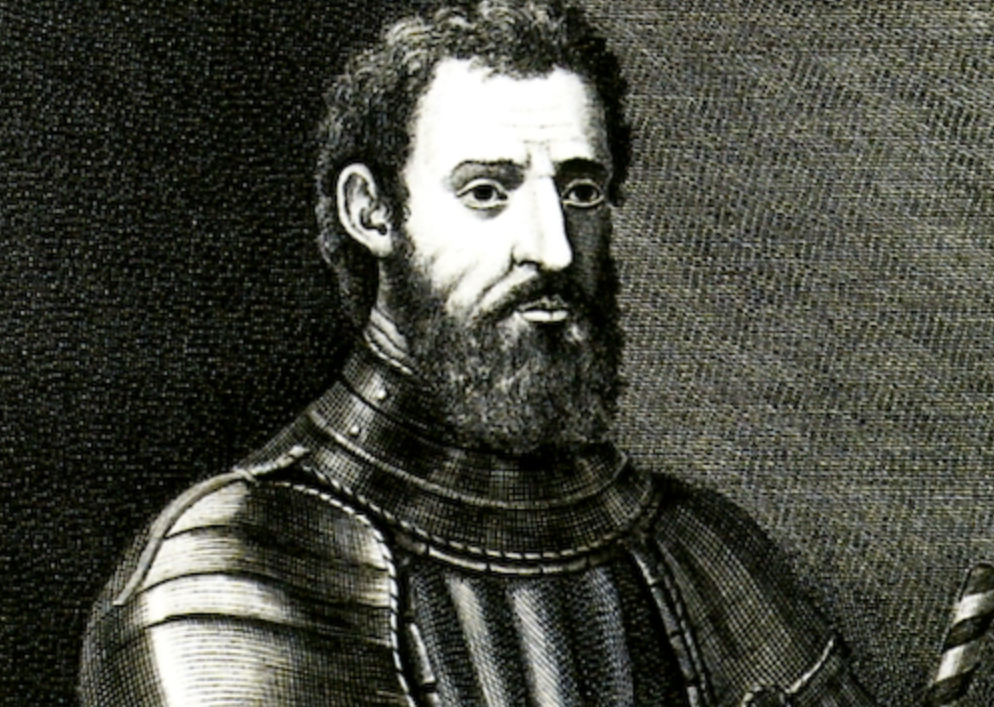 F. Allegrini, Wikimedia Commons
F. Allegrini, Wikimedia Commons
Lenape Clan System
Lenape society was organized into three primary clans:
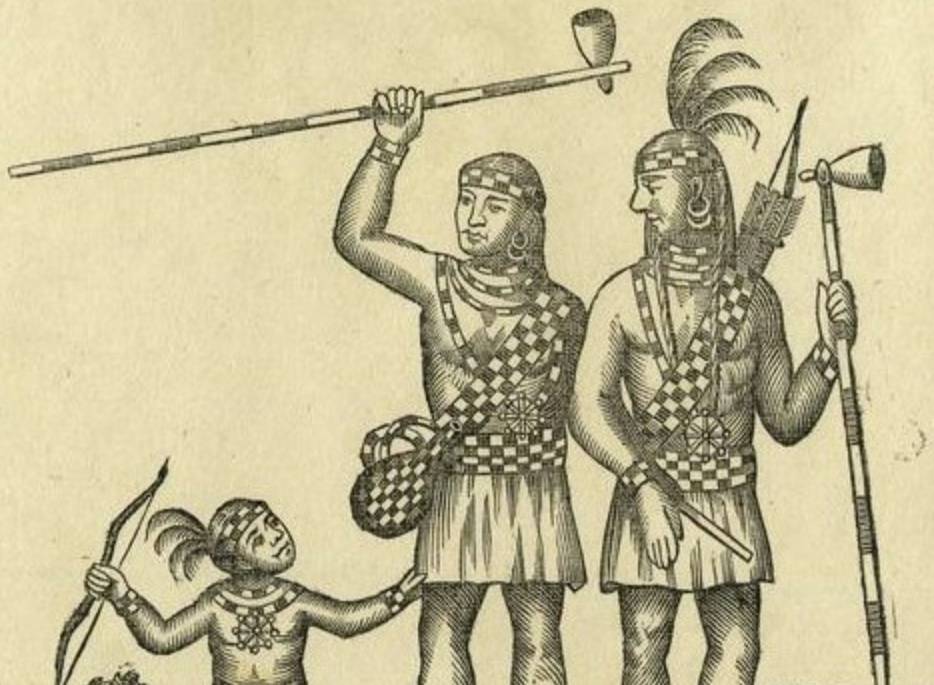 Thomas Campanius Holm, Wikimedia Commons
Thomas Campanius Holm, Wikimedia Commons
Women In Lenape Society
Lenape society was matrilocal as well as matrilineal, with husbands joining their wives' families. Women had significant influence, controlling property and land use decisions. Clan identity and status passed directly from mother to child.
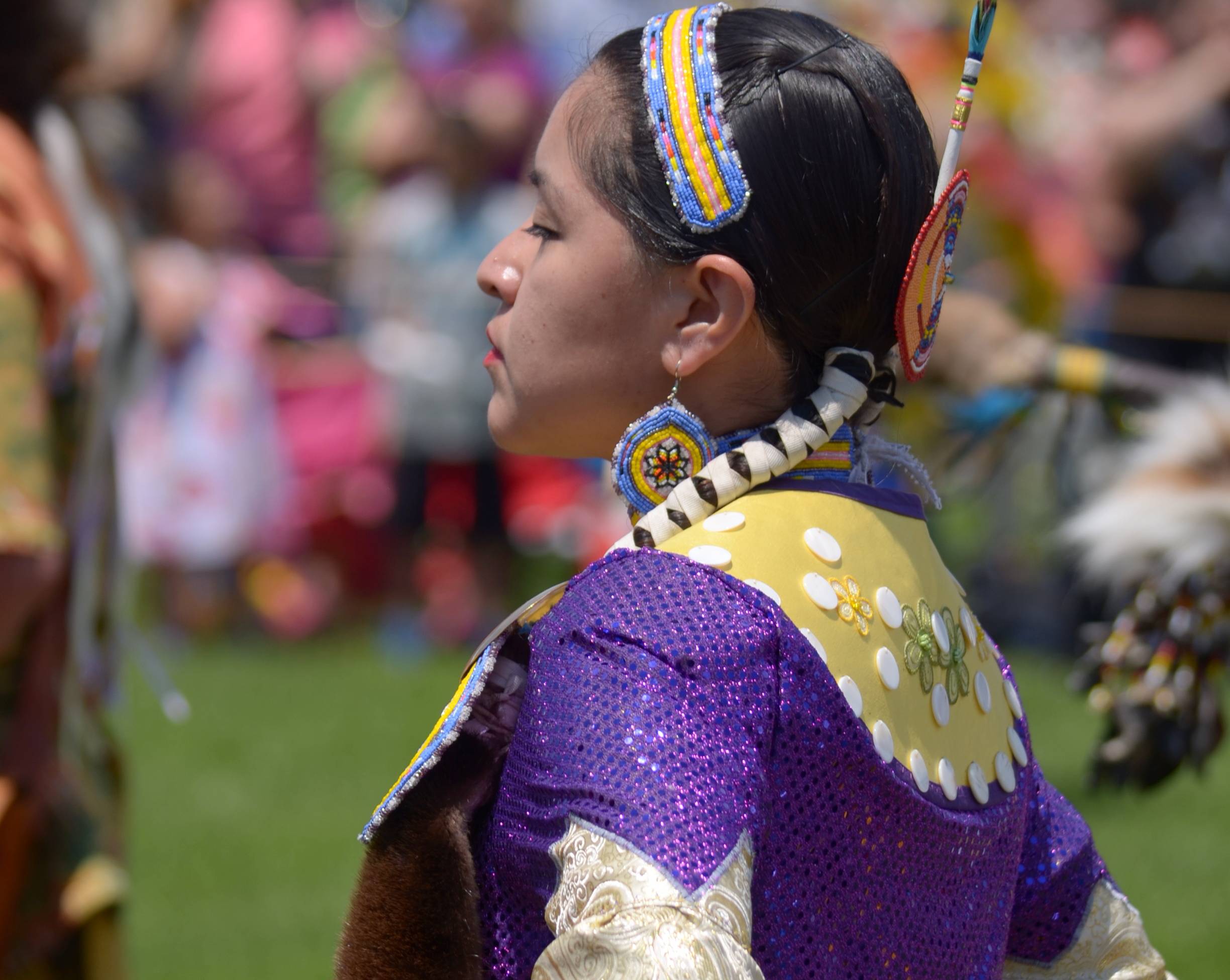 Larry Wilder, CC BY 2.0, Wikimedia Commons
Larry Wilder, CC BY 2.0, Wikimedia Commons
Lenape Agriculture
Lenape women traditionally cultivated the "Three Sisters": maize, beans, and squash. Slash-and-burn agriculture allowed efficient land management. Dutch colonist Isaac de Rasieres noted their maize was typically planted in March.
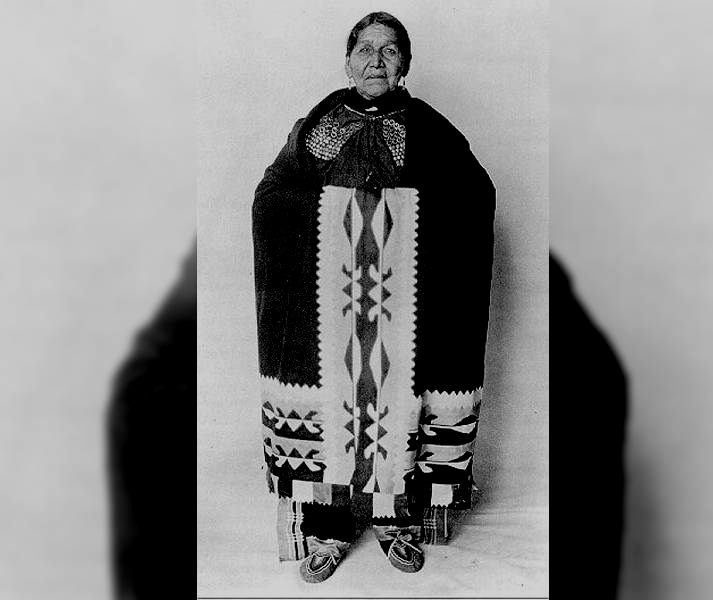 Unknown Author, Wikimedia Commons
Unknown Author, Wikimedia Commons
Lenape Hunting Practices
Lenape men hunted deer, bears, and smaller game like raccoons. Large group hunts involved driving animals toward rivers or encircling them. European observers described elaborate communal hunts using drums and fire.
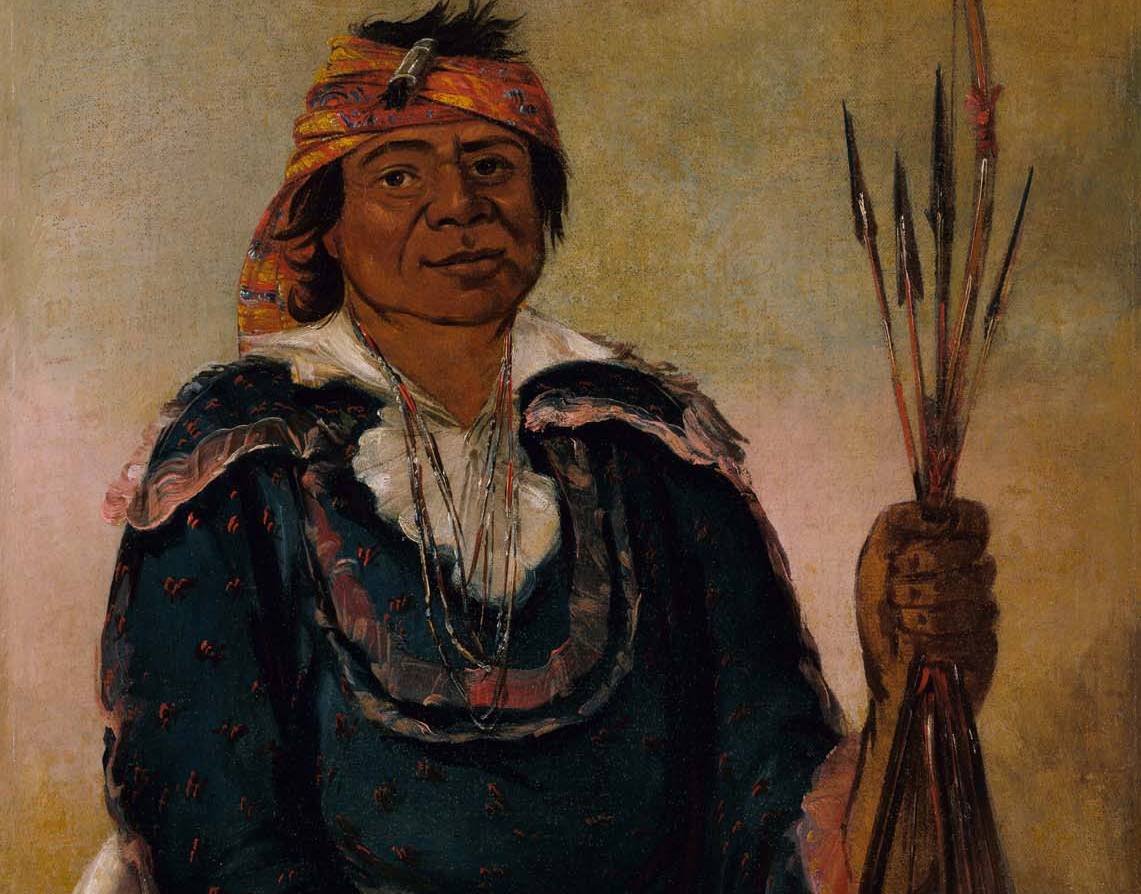 George Catlin, Wikimedia Commons
George Catlin, Wikimedia Commons
Fishing Techniques
Fishing was crucial, providing steady food sources from local rivers and bays. Lenape methods included net fishing, spearing, and using ground chestnuts to stun fish. Clams were harvested year-round in southern New Jersey.
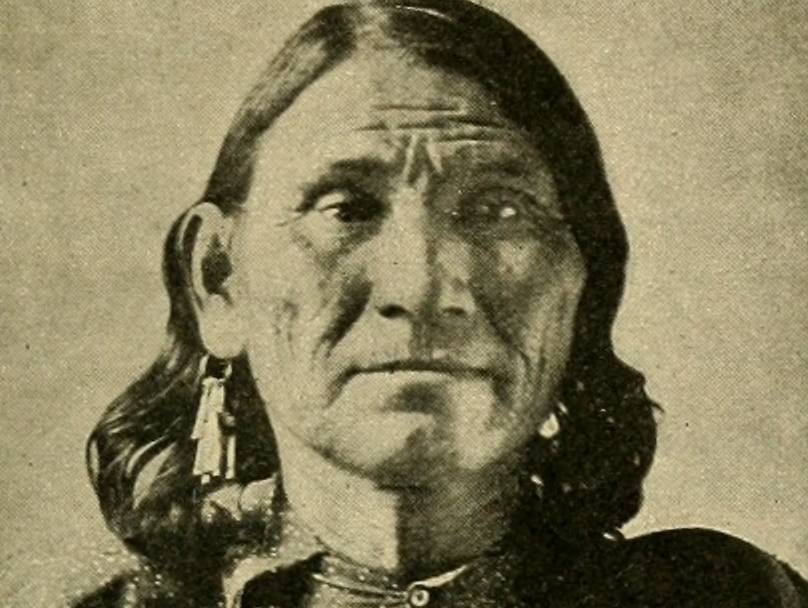 Internet Archive Book Images, Wikimedia Commons
Internet Archive Book Images, Wikimedia Commons
Lenape Clothing
Lenape garments were crafted from animal hides, including deer, bear, and beaver pelts. Winter cloaks made from turkey feathers were particularly striking. Both genders adorned themselves with shells, animal teeth, and dyed feathers.
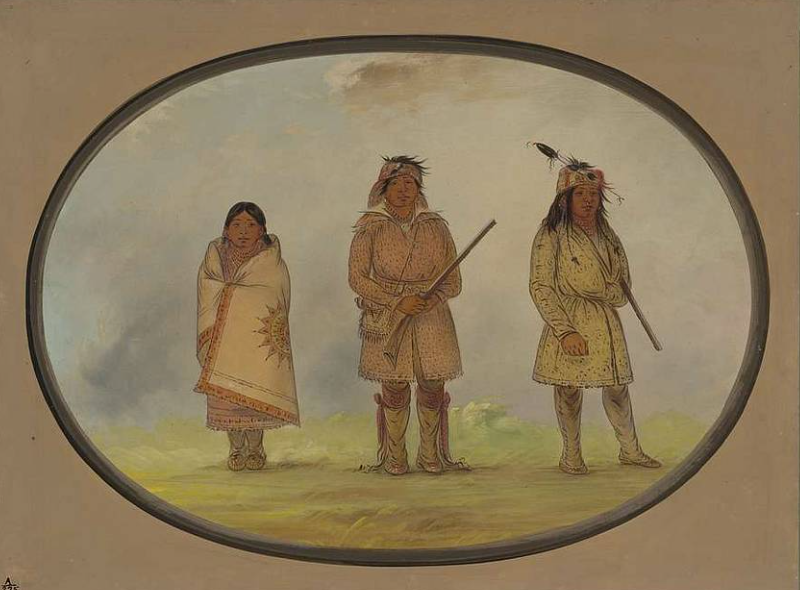 National Gallery of Art, Washington DC, Picryl
National Gallery of Art, Washington DC, Picryl
Traditional Games And Sports
Lenape communities played a football-like game called "pahsaheman," divided by gender. Over a hundred players often participated simultaneously. The game involved rules that allowed women to tackle men, but men could only kick the ball.
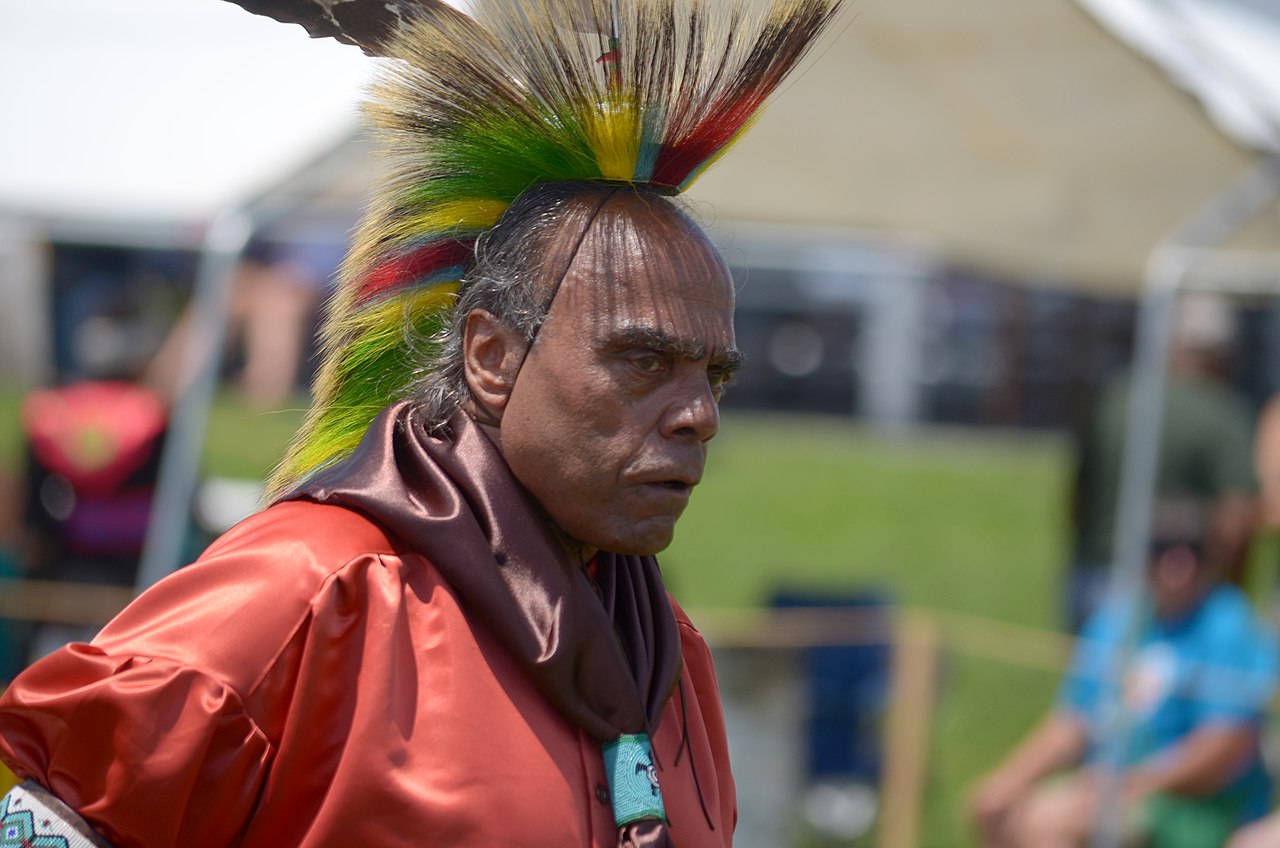 Larry Wilder, CC BY 2.0, Wikimedia Commons
Larry Wilder, CC BY 2.0, Wikimedia Commons
Dance And Ceremony
Dances were central to Lenape ceremonies, often involving elaborate costumes. Men danced energetically with bear claws and vibrant feathers. Women danced more subtly, using bells and rhythmic steps.
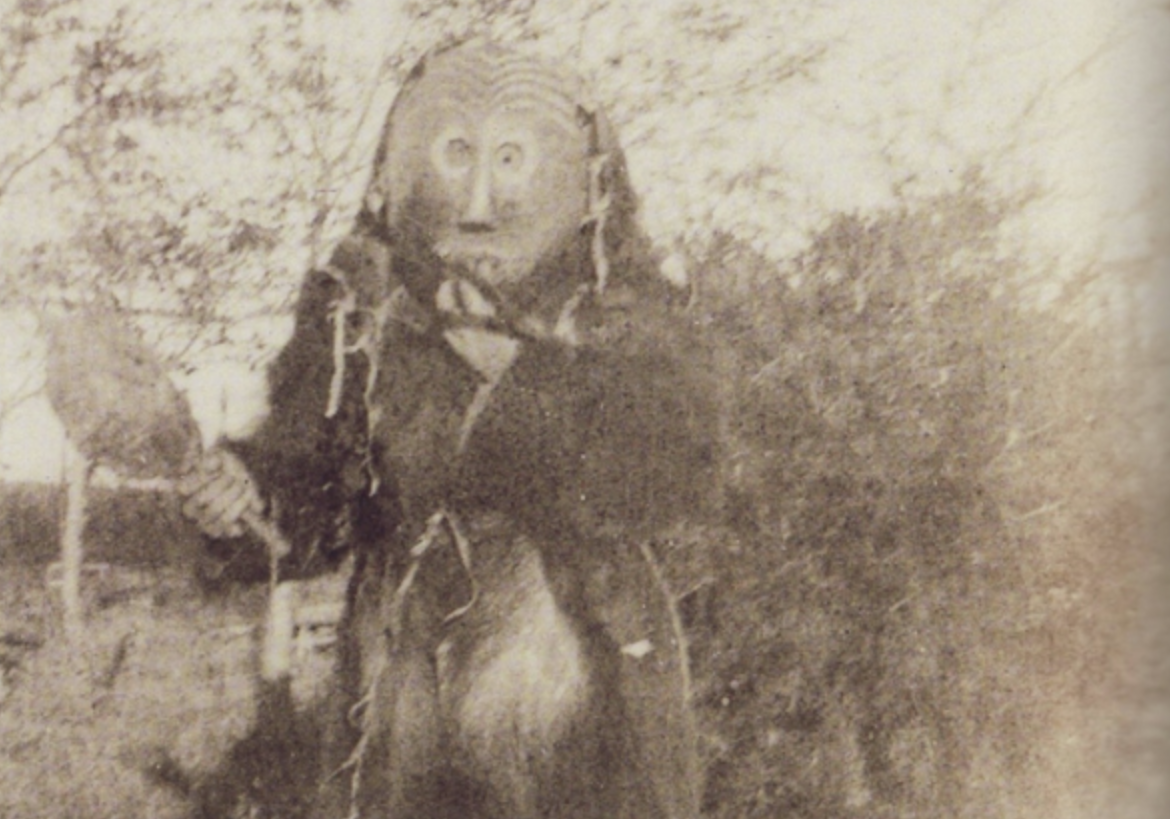 Unknown Author, Wikimedia Commons
Unknown Author, Wikimedia Commons
Lenape Units Of Measurement
The Lenape measured small distances using hand and arm lengths. Longer distances were calculated based on how far one could comfortably travel from sunrise to sunset. This practical approach supported everyday tasks and journeys.
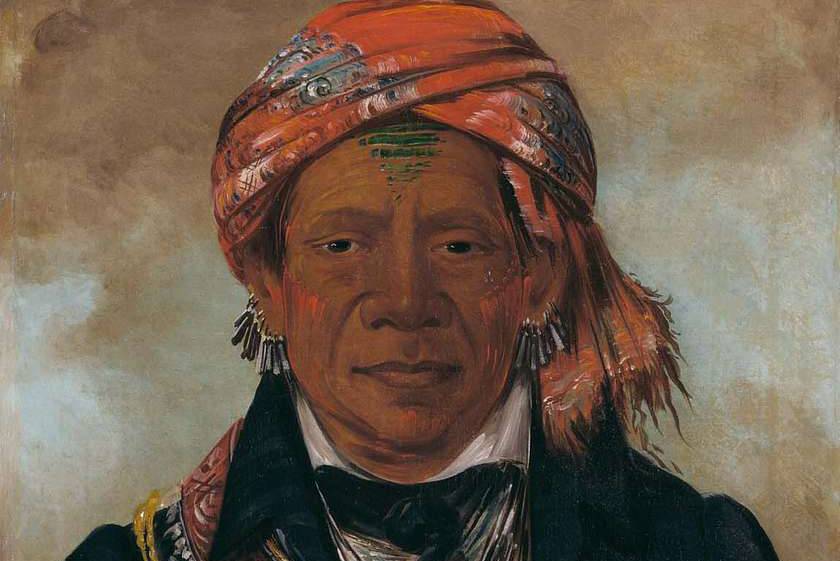 Smithsonian American Art Museum, Picryl
Smithsonian American Art Museum, Picryl
Lenape Ethnobotanical Knowledge
Lenape herbalists, mainly women, possessed deep knowledge of medicinal plants. Black walnut treated ringworm, while persimmon alleviated ear infections. Herbalists often combined these treatments with ceremonial rituals.
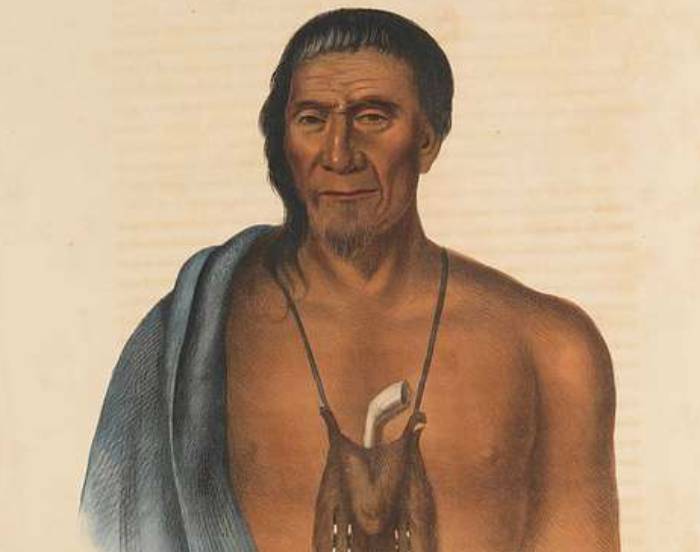 SMU Central University Libraries, Picryl
SMU Central University Libraries, Picryl
Early European Settlements
Dutch and Swedish colonists settled along the Delaware River in Lenape territory during the early 1600s. Trade relationships initially flourished, exchanging maize and furs for European goods.
Dutch-Lenape Relations
Relations with the Dutch eventually strained due to over-hunting for the fur trade. Depletion of beaver populations caused economic and ecological stress. These pressures led to conflicts and territorial loss for Lenape communities.
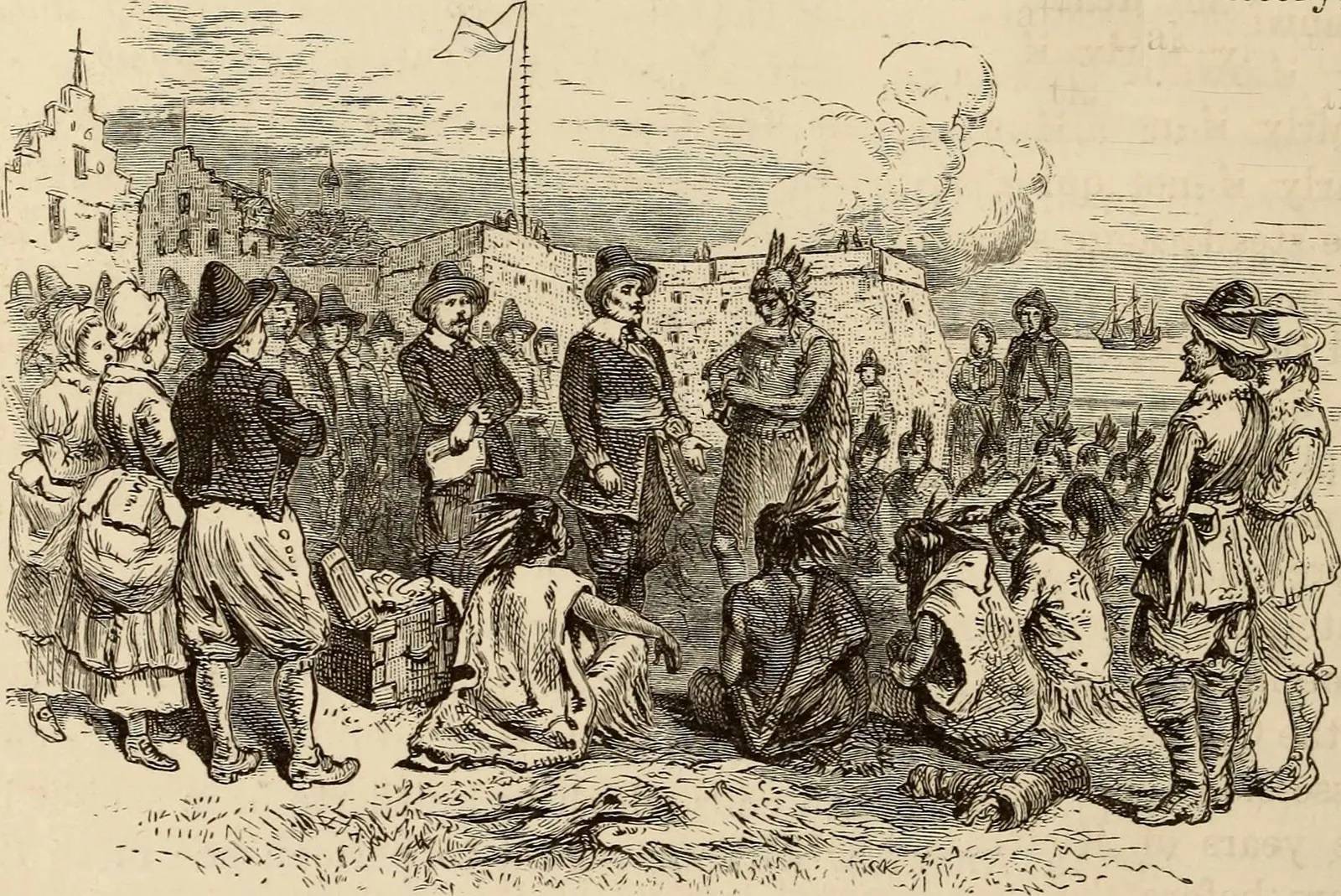 William Cullen Bryant and Sydney Howard Gay, Wikimedia Commons
William Cullen Bryant and Sydney Howard Gay, Wikimedia Commons
Lenape Iroquois Relations
The powerful Iroquois Confederacy influenced Lenape communities politically and militarily. After several conflicts, the Lenape became tributary to the Iroquois. They referred to their Iroquois neighbors respectfully as "uncles".
William Penn And Lenape
In 1682, William Penn founded Pennsylvania, initially fostering peaceful relationships with the Lenape. Penn’s respectful diplomacy led to the Treaty of Shackamaxon. However, peaceful coexistence quickly deteriorated as more settlers arrived.
Misunderstood Land Agreements
Lenape and Europeans had conflicting understandings of land ownership. Europeans interpreted agreements as permanent sales, while Lenape saw them as
Walking Purchase Fraud
The 1737 Walking Purchase deceitfully transferred vast Lenape lands to settlers. Colonists used manipulated measurements during the infamous "walk". Lenape protests against this injustice sparked widespread resentment.
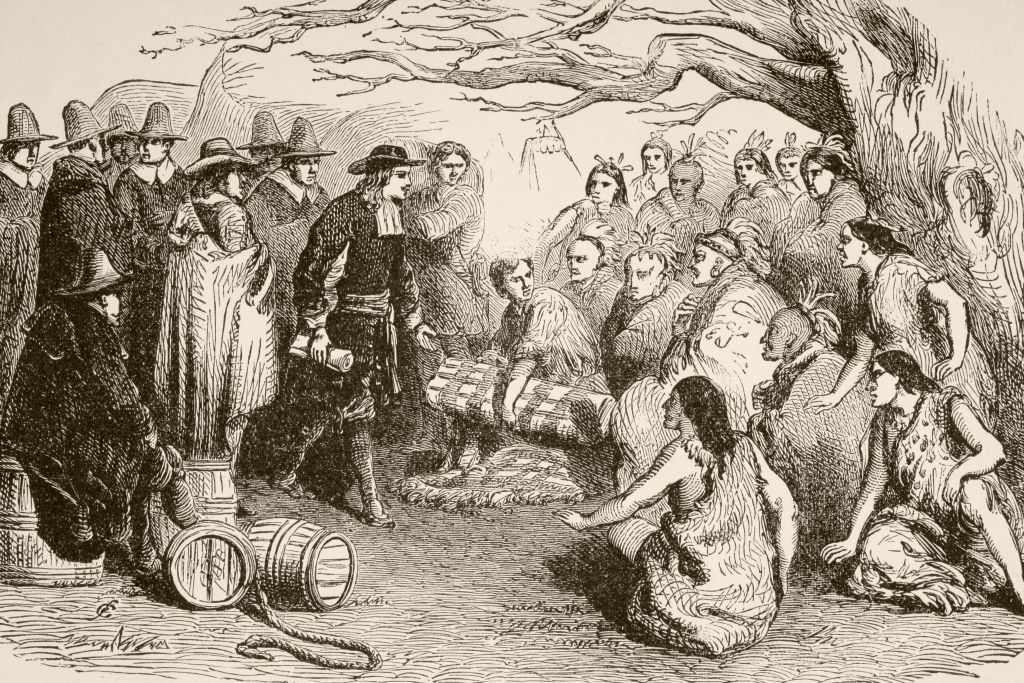 UniversalImagesGroup, Getty Images
UniversalImagesGroup, Getty Images
Treaty Of Easton
The 1758 Treaty of Easton forced the Lenape westward, away from ancestral territories. This treaty aimed to reduce hostilities with colonists. Lenape relocation continued throughout the following decades.
Lenape And Christianity
Moravian missionaries actively converted some Lenape during the 18th century. Converts adopted pacifism, creating divisions within Lenape communities. Many traditional Lenape rejected missionary interference.
Revolutionary War Division
During the American Revolution, Lenape communities became deeply divided. Some, like Killbuck, supported Americans, acting as guides to help them reach British forts and even warning them of imminent attacks. Other Lenape sided with British forces. This division permanently affected Lenape social cohesion.
Killbuck And White Eyes
Chief Killbuck allowed American passage through Lenape lands during the war. Chief White Eyes pursued diplomatic negotiations with American authorities. Both sought to protect their people amid complex political shifts.
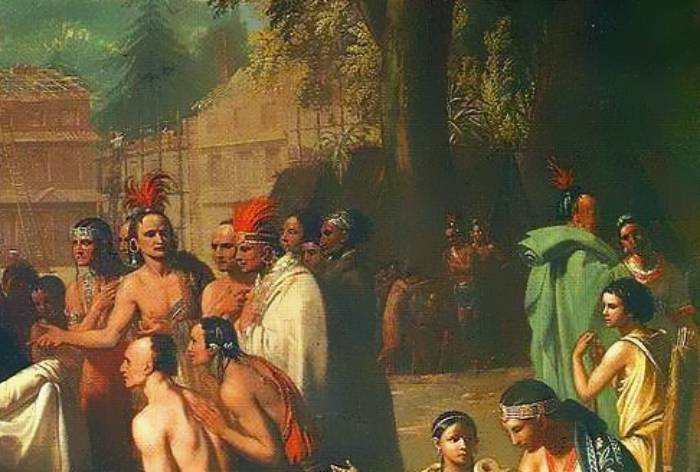 Benjamin West, Wikimedia Commons
Benjamin West, Wikimedia Commons
Post Revolutionary Displacement
Following the war, pro-British Lenape migrated north to Ontario. American-aligned Lenape experienced westward displacement into Ohio and Indiana. These migrations fragmented Lenape society further.
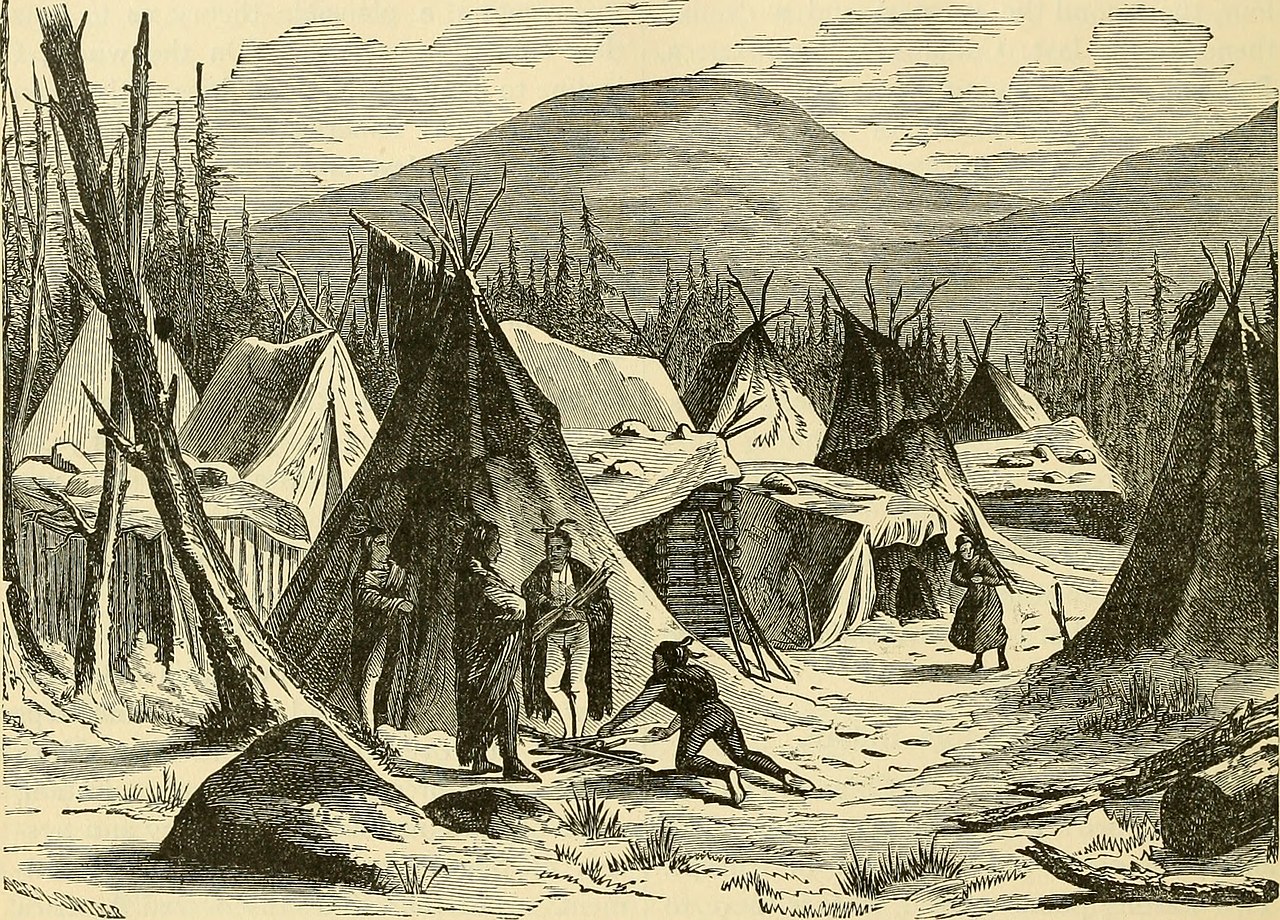 Internet Archive Book Images, Wikimedia Commons
Internet Archive Book Images, Wikimedia Commons
Lenape In Texas
During the early 1800s, some Lenape moved south into Texas. They settled peacefully, sharing territory with Caddo peoples and local settlers. Lenape served as intermediaries between settlers and other Indigenous tribes.
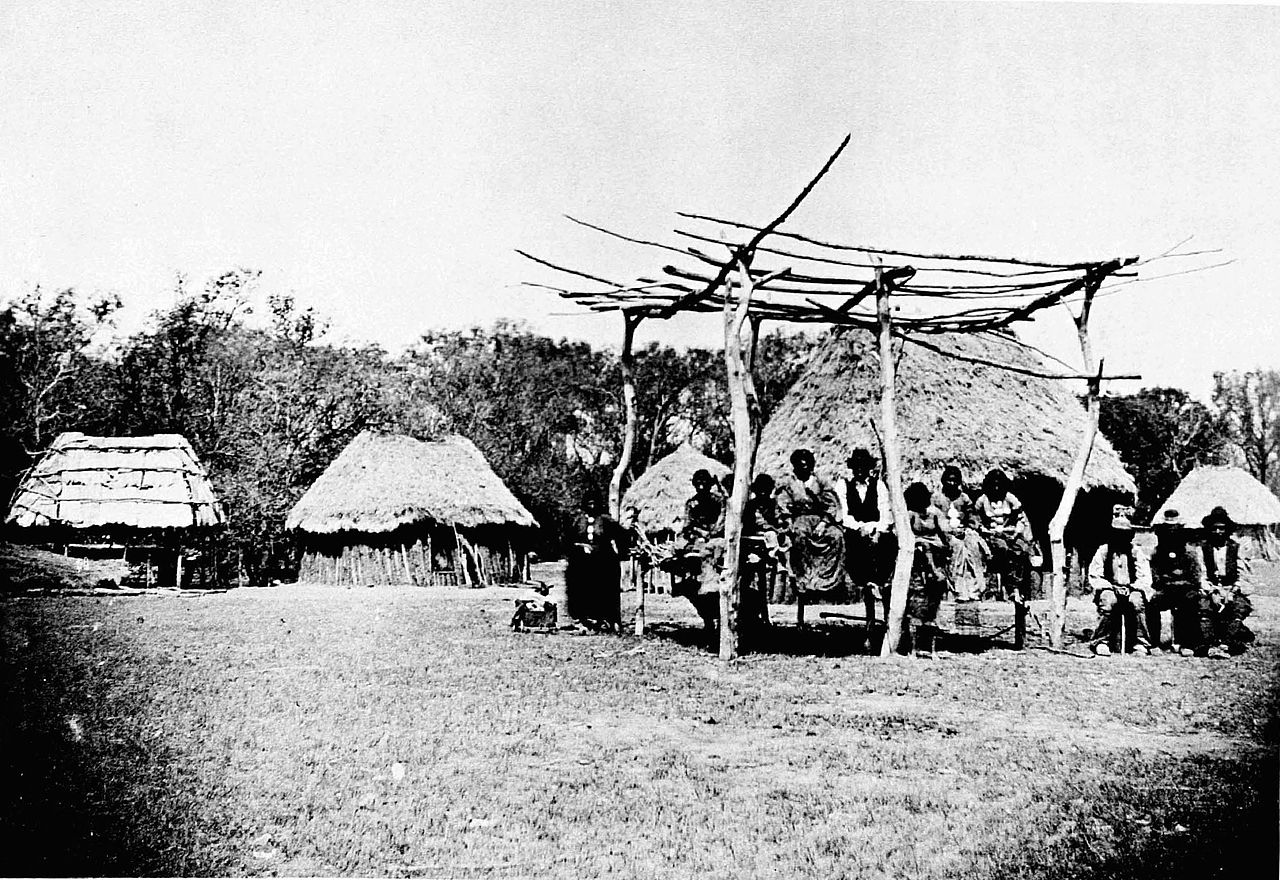 William S. Soule, Wikimedia Commons
William S. Soule, Wikimedia Commons
Republic Of Texas Period
Texas President Sam Houston favored Lenape scouts for frontier security. His successor, Mirabeau Lamar, reversed this policy, expelling Lenape from Texas. Many were relocated north of the Red River to Oklahoma.
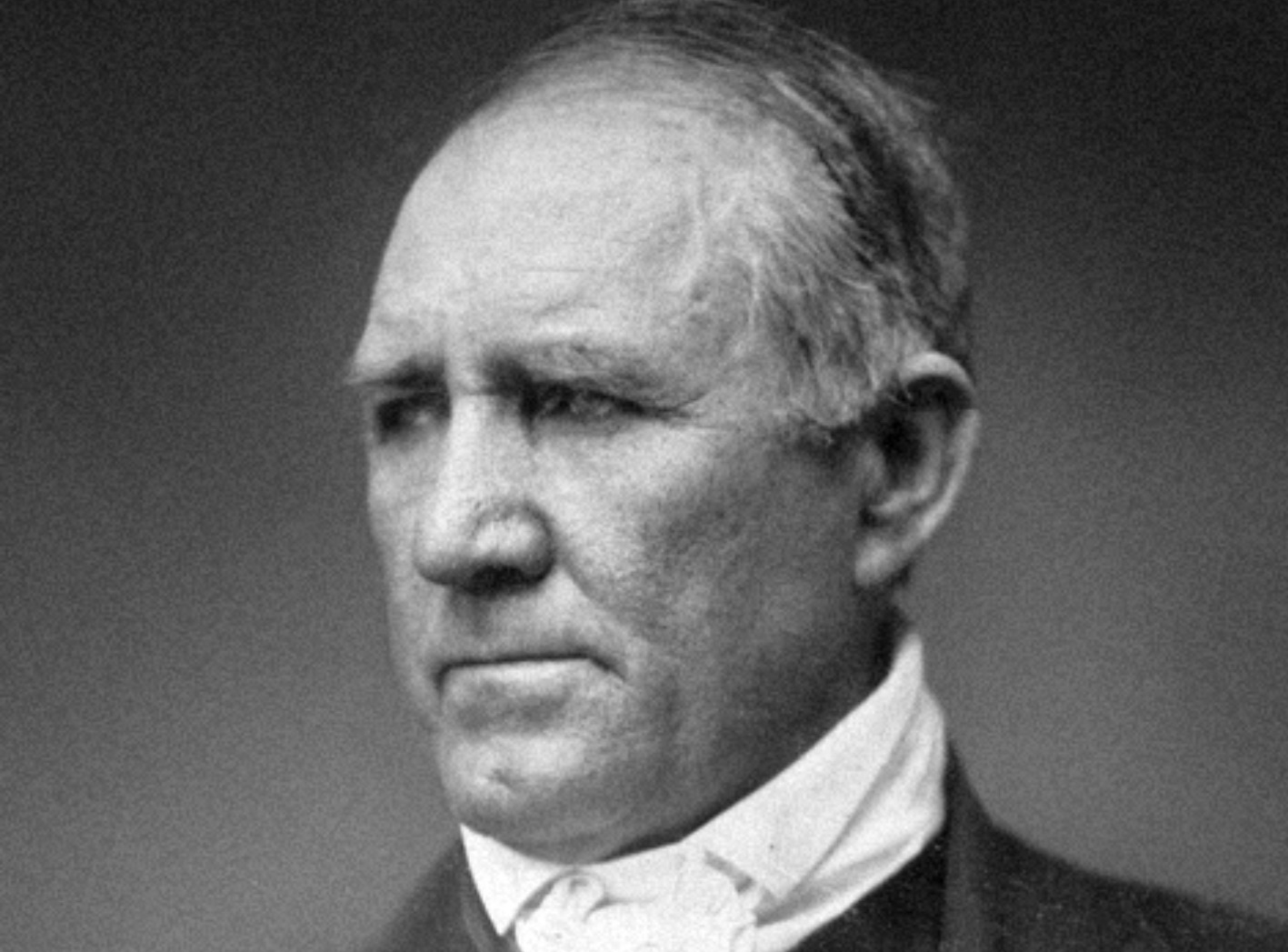 Mathew Brady, Wikimedia Commons
Mathew Brady, Wikimedia Commons
Kansas Reservation
Lenape moved to a Kansas reservation after leaving Texas. Soon, white settlers began encroaching on Lenape lands again. Pressure from settlers eventually forced another relocation into Indian Territory, specifically Oklahoma.
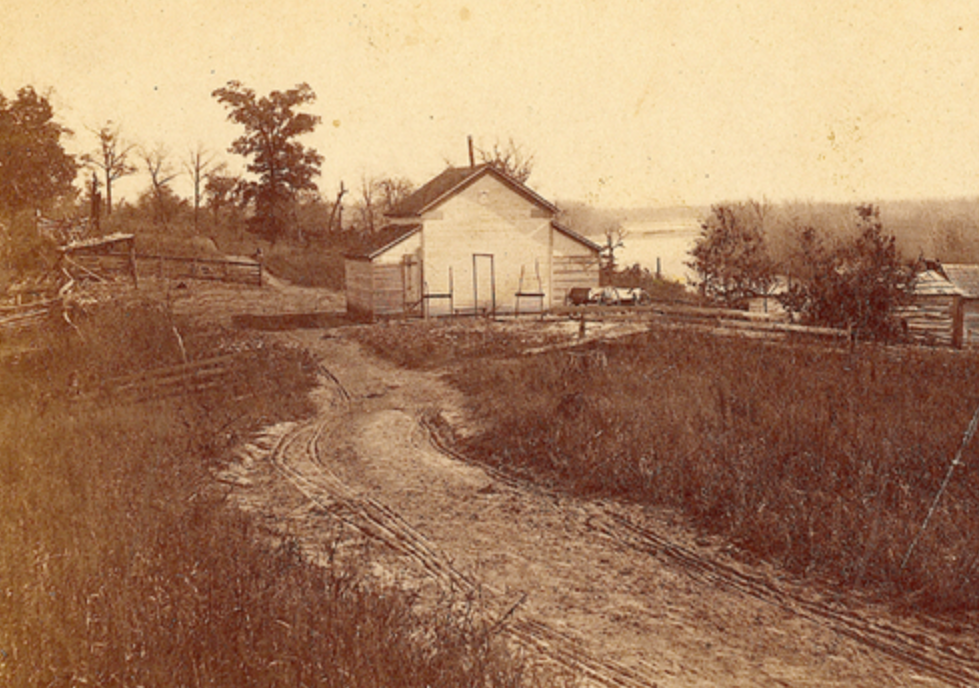 Gardner, Alexander, 1821-1882, Wikimedia Commons
Gardner, Alexander, 1821-1882, Wikimedia Commons
Lenape Tribes In Oklahoma Today
Today, federally recognized Lenape tribes include the Delaware Nation and Delaware Tribe of Indians. Both tribes preserve cultural heritage actively. They are headquartered in Anadarko and Bartlesville, Oklahoma, respectively.
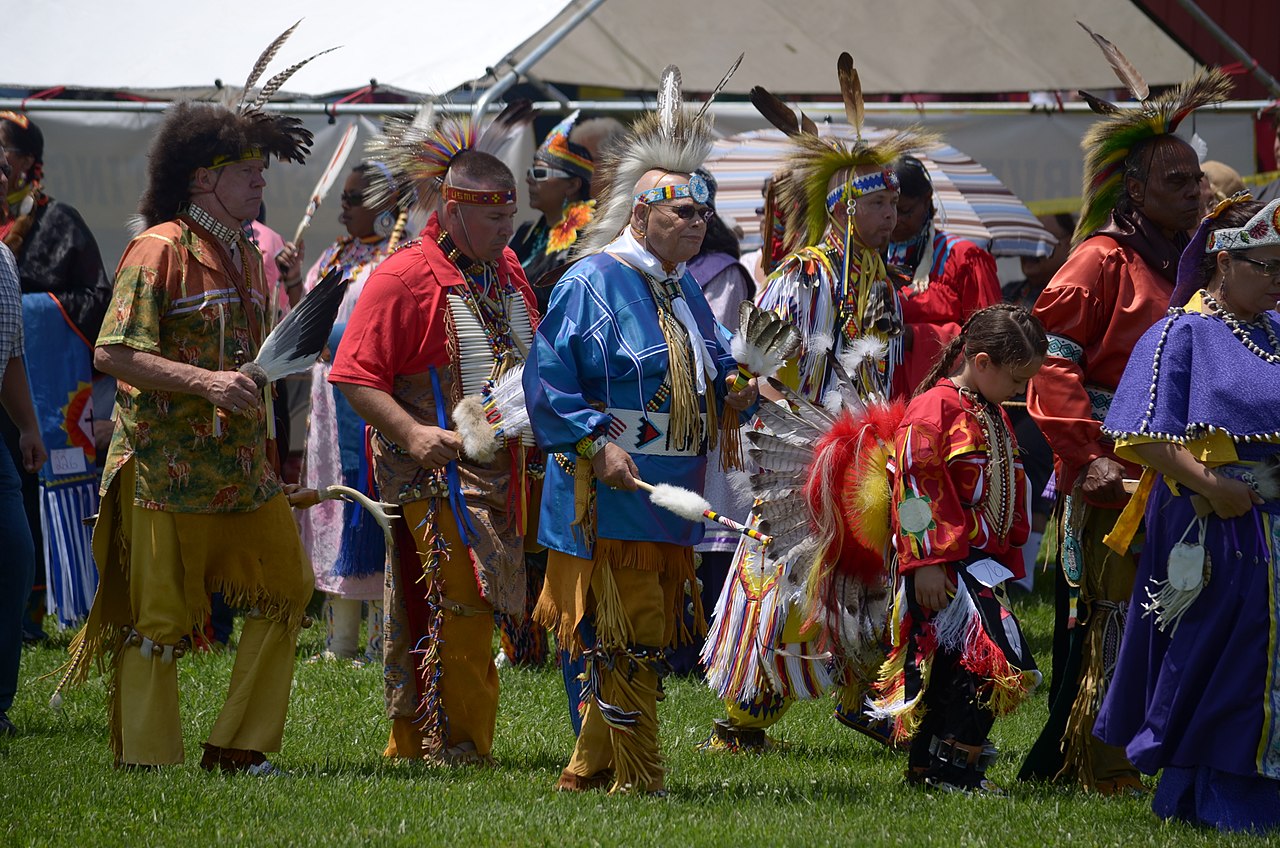 Larry Wilder, CC BY 2.0, Wikimedia Commons
Larry Wilder, CC BY 2.0, Wikimedia Commons
Stockbridge Munsee In Wisconsin
The Stockbridge-Munsee Community, a Lenape group, resides in Bowler, Wisconsin. Originally from the East Coast, they experienced numerous relocations. Their community actively engages in cultural revival and language preservation.
Canadian Lenape Communities
Three Lenape First Nations exist in Ontario: Munsee-Delaware, Moravian of the Thames, and Delaware of Six Nations. These groups descended from Lenape who allied with the British during the Revolutionary War. They maintain distinctive cultural practices today.
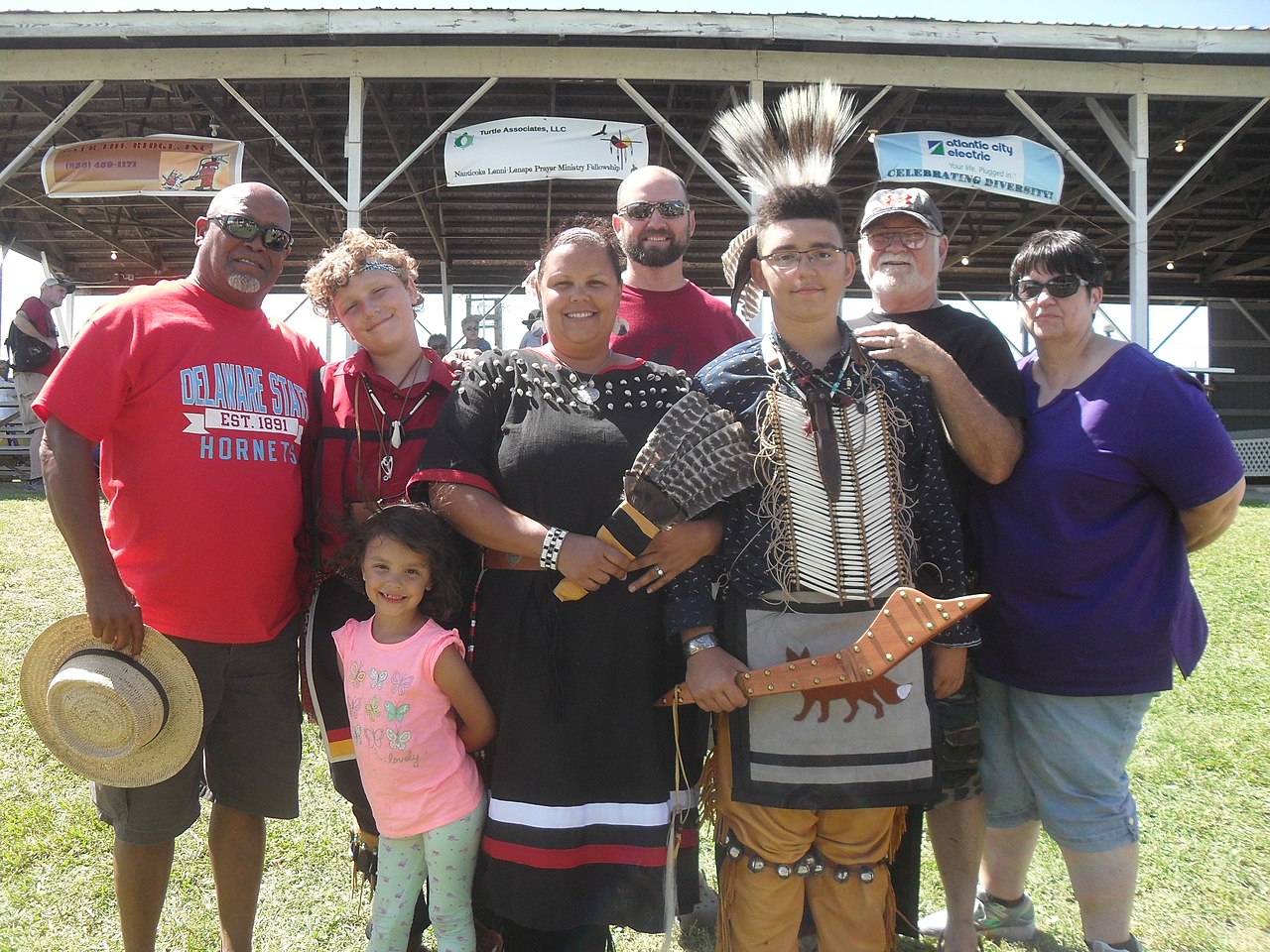 A21sauce, CC BY-SA 4.0, Wikimedia Commons
A21sauce, CC BY-SA 4.0, Wikimedia Commons
Lenape Recognition Efforts
Several state-recognized Lenape tribes exist in Delaware and New Jersey. Many Lenape descendants continue seeking recognition in Pennsylvania. These efforts aim to protect cultural heritage and reclaim ancestral rights.
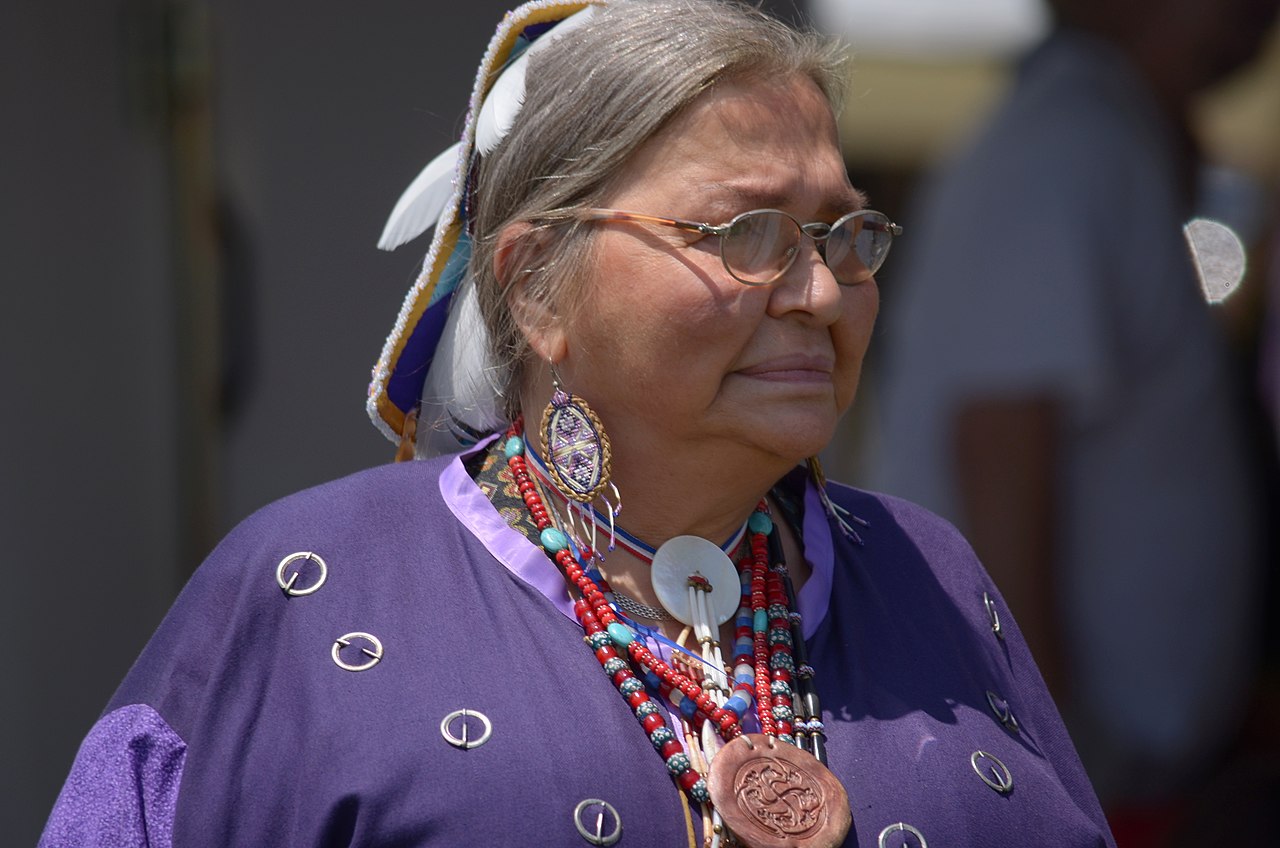 Larry Wilder, CC BY 2.0, Wikimedia Commons
Larry Wilder, CC BY 2.0, Wikimedia Commons
Black Beaver
Black Beaver (1806–1880) was a renowned Lenape scout and trapper. He assisted US explorers and military expeditions across the West. Black Beaver became the first inductee into the
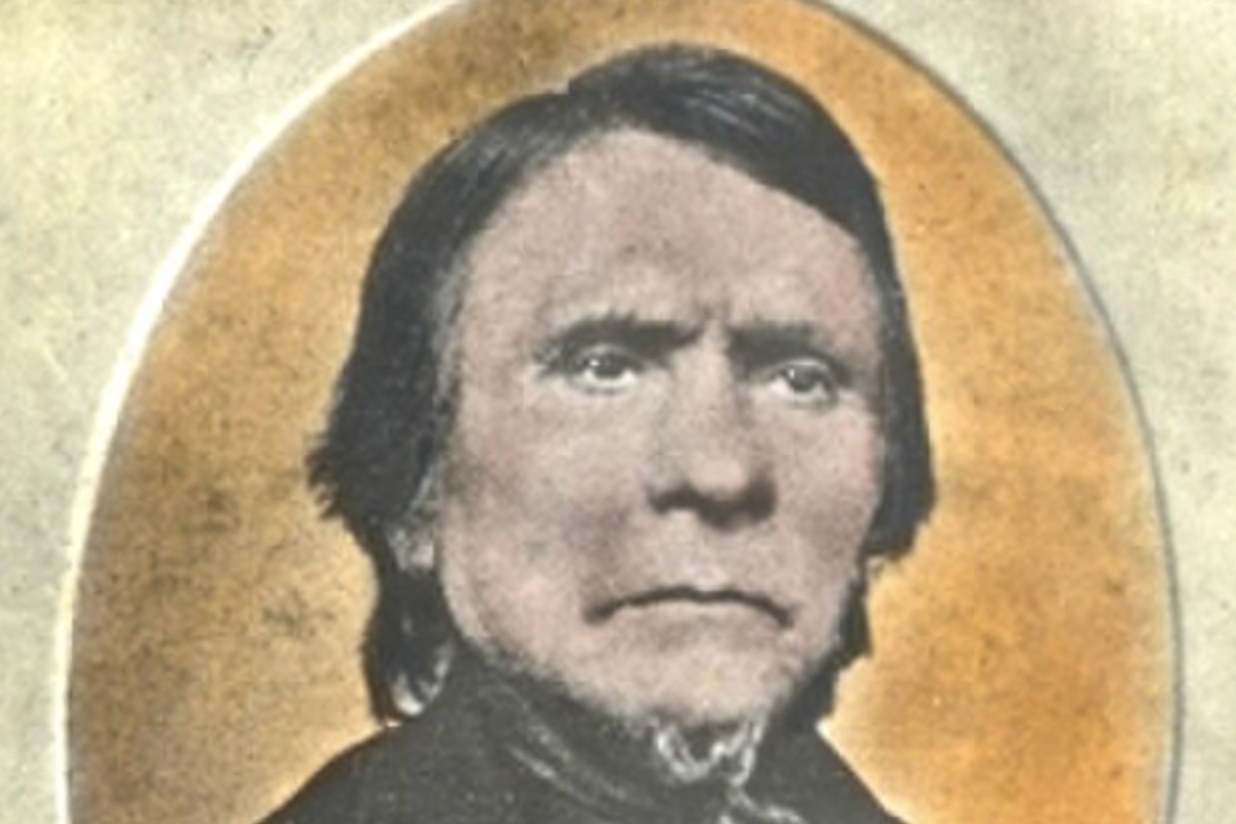 Unknown Author, Wikimedia Commons
Unknown Author, Wikimedia Commons
White Eyes
White Eyes (1730–1778), a Lenape chief, sought peaceful coexistence with American settlers. He negotiated the Treaty of Fort Pitt in 1778. His unexpected death weakened diplomatic efforts and destabilized Lenape-American relations.
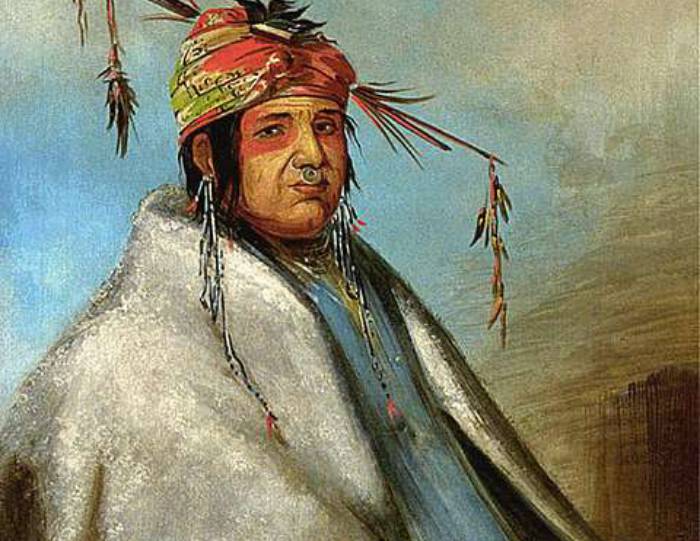 Smithsonian American Art Museum, Picryl
Smithsonian American Art Museum, Picryl
Lenape Influence On Place Names
Many modern place names derive directly from Lenape languages, highlighting their historical presence. Locations like Manhattan ("island of many hills"), Hackensack, and Raritan reflect Lenape linguistic roots. These names remain lasting reminders of Lenape culture across the Northeastern United States.
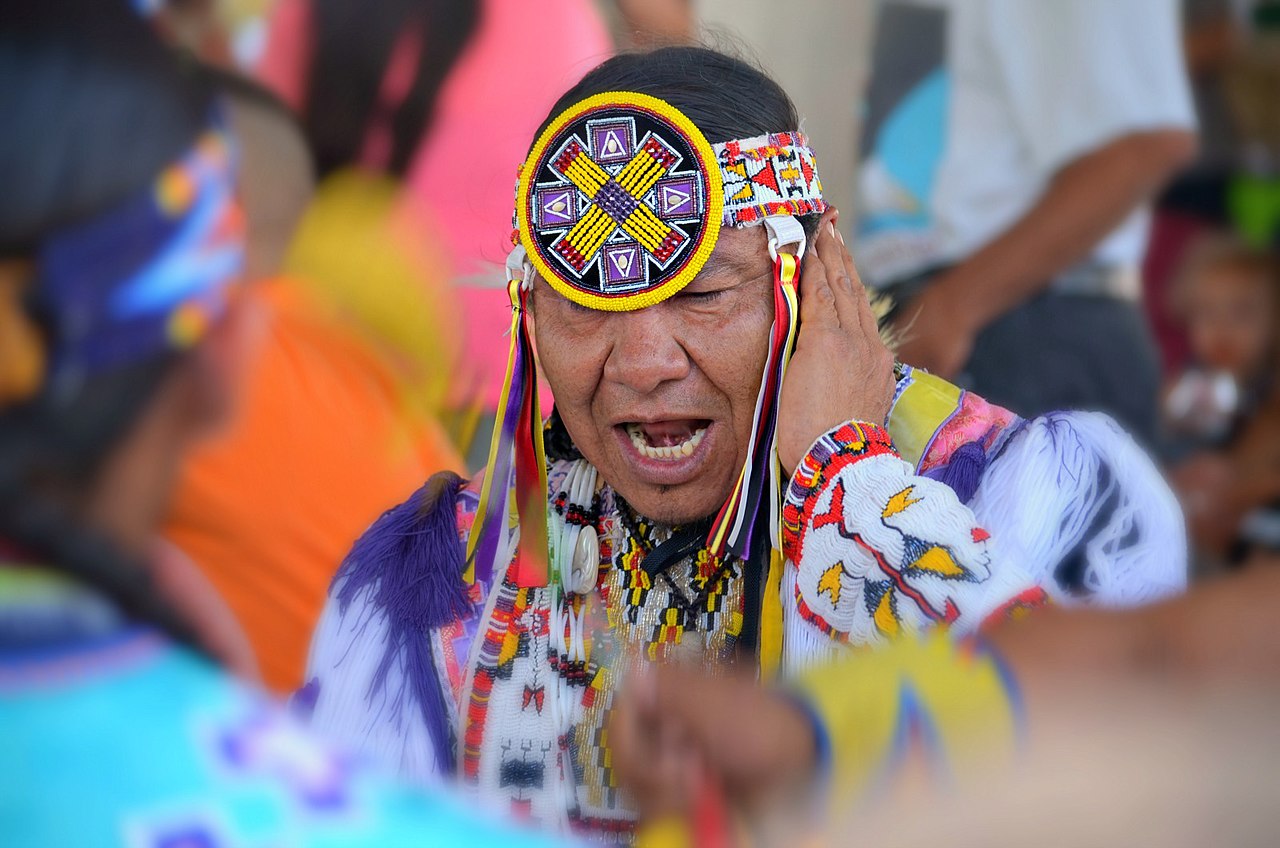 Larry Wilder, CC BY 2.0, Wikimedia Commons
Larry Wilder, CC BY 2.0, Wikimedia Commons
Modern Lenape Cultural Events
Lenape communities today hold annual powwows, festivals, and ceremonies to honor their rich heritage. Events such as the Delaware Nation Powwow in Oklahoma bring together Lenape descendants for cultural sharing and community building.
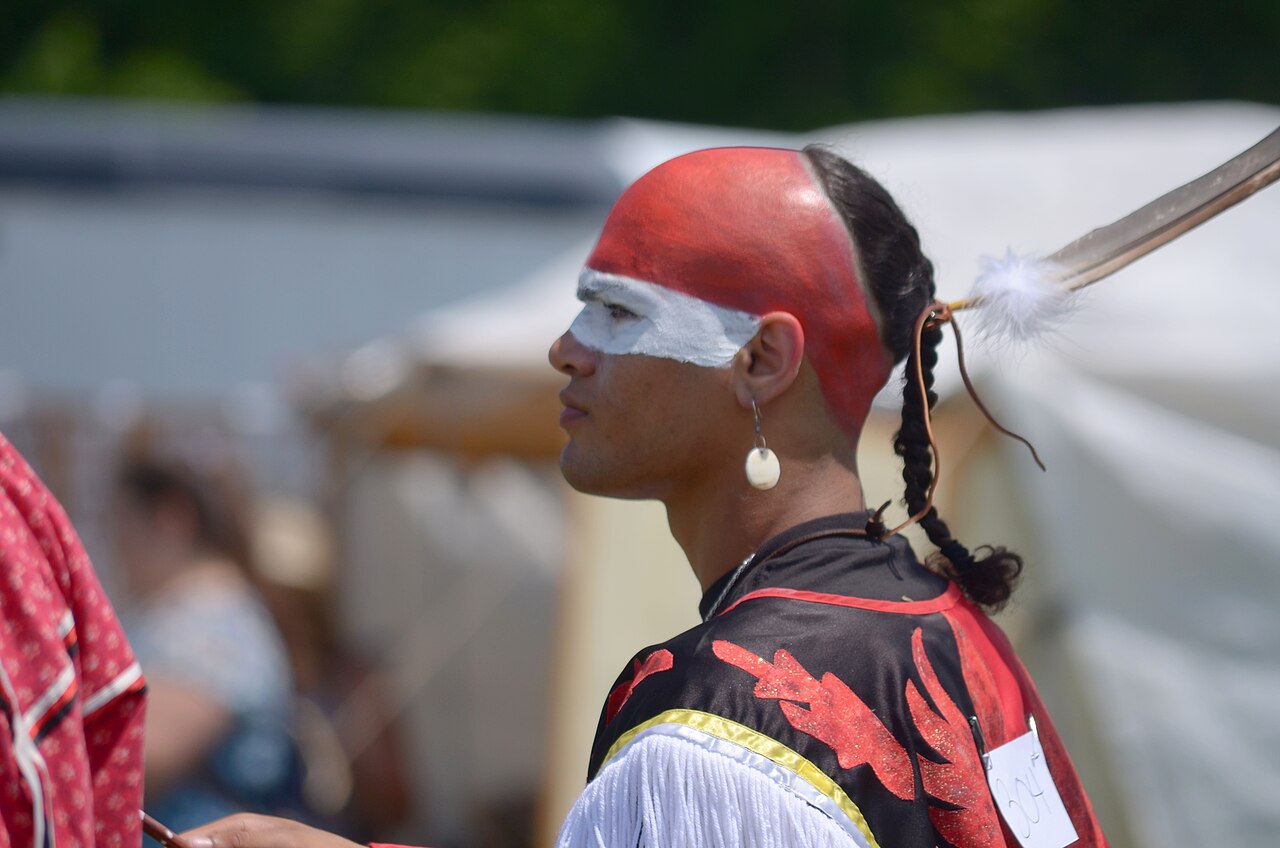 Larry Wilder, CC BY 2.0, Wikimedia Commons
Larry Wilder, CC BY 2.0, Wikimedia Commons
Lenape Legacy Today
Despite historical trauma, Lenape communities actively preserve traditions. Cultural events, language revival programs, and advocacy maintain their identity.
You May Also Like:
The Pawnee: The Great Plains Tribe
The Tale Of The Seminole: Florida's Unconquered Tribe
The Lacandon People: An Ancient Mayan Tribe In A Fight For Survival
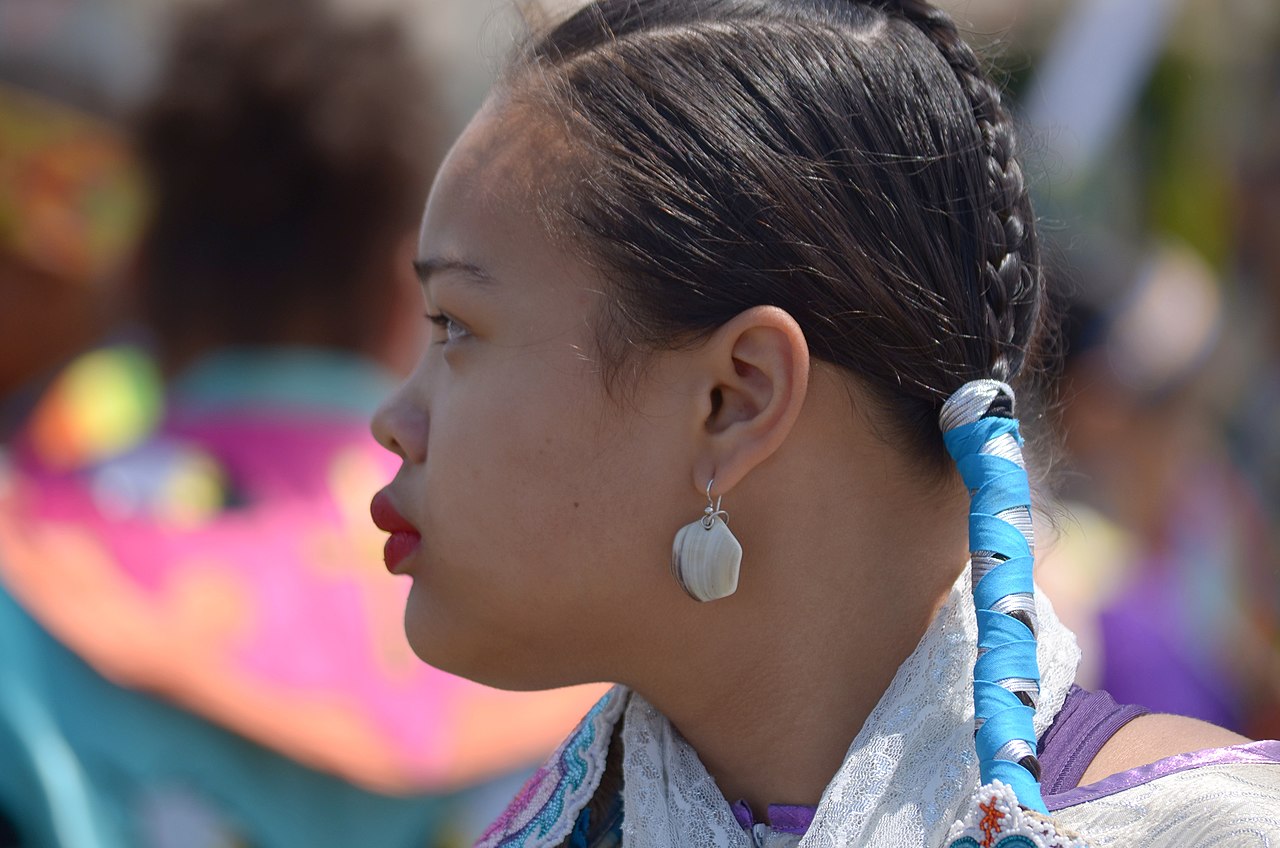 Larry Wilder, CC BY 2.0, Wikimedia Commons
Larry Wilder, CC BY 2.0, Wikimedia Commons

